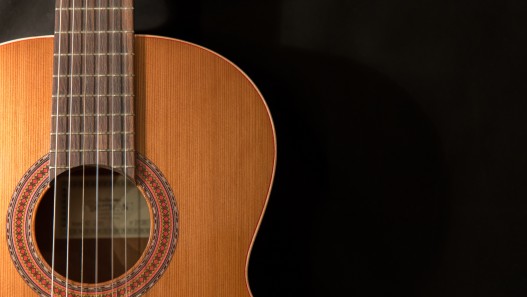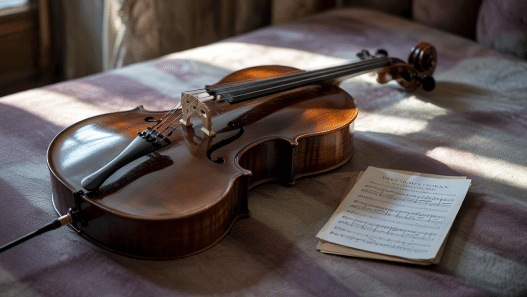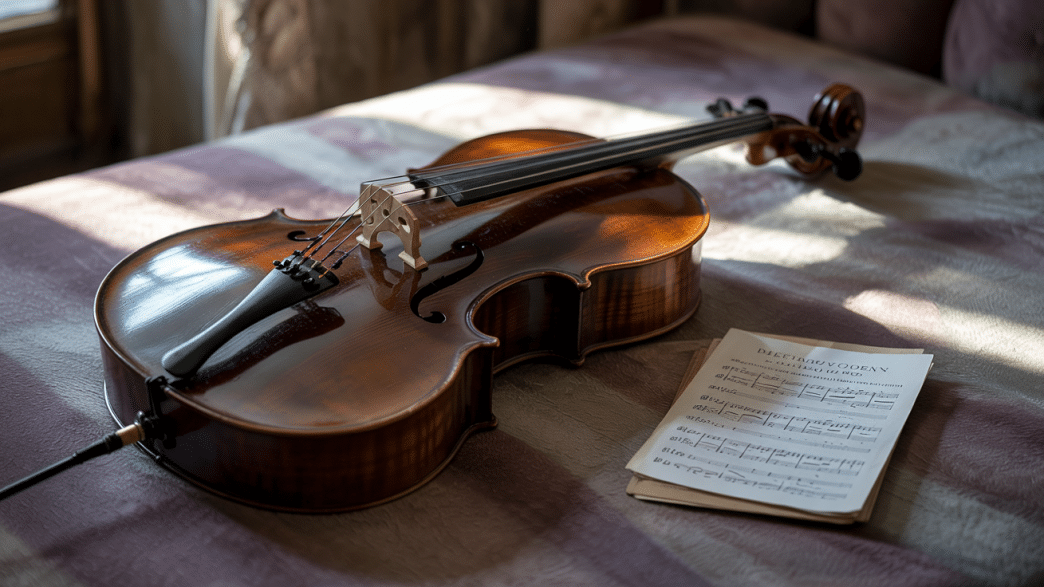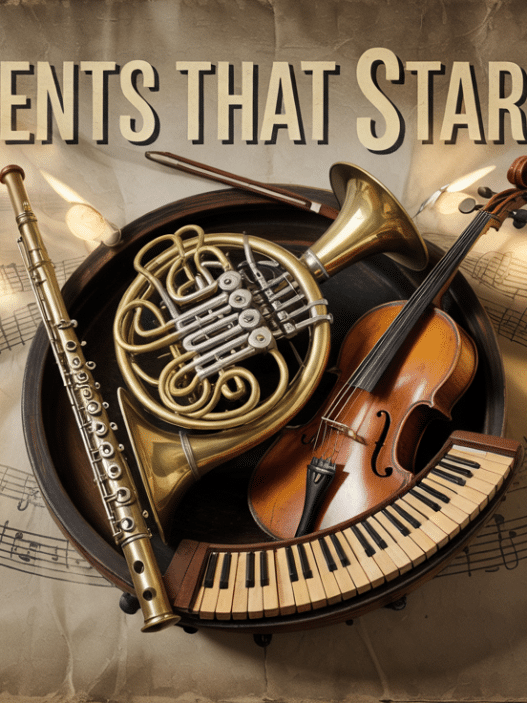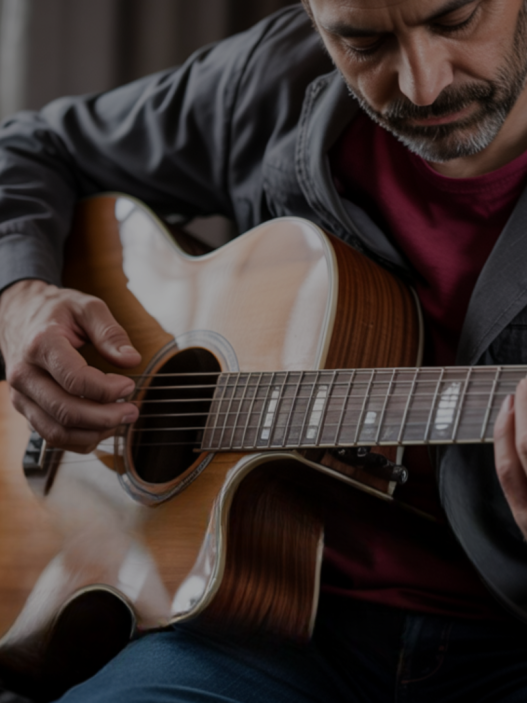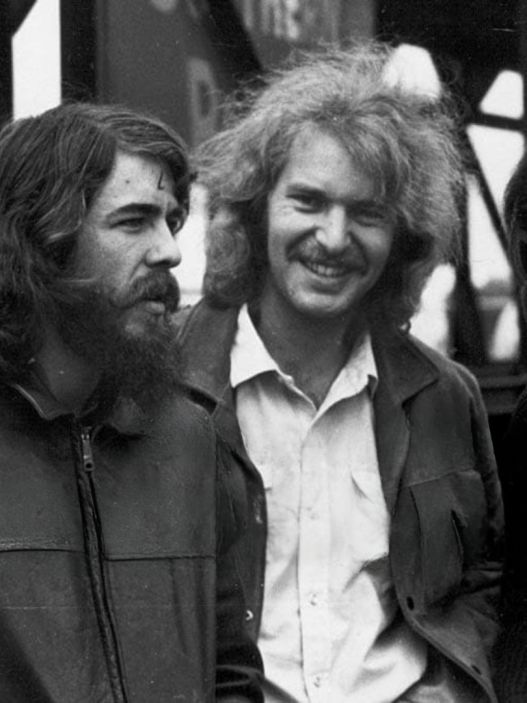The world of music is full of instruments, and many of them start with the letter “C.” Some are big and bold, like the colossal church organ, while others are small but mighty, like the charming castanets.
If you’re into loud beats, soft tunes, or somewhere in between, there’s a “C” instrument that’ll make your ears dance.
Some instruments, like the cymbals, love to crash and make noise, while others, like the celesta, are all about soft, magical melodies.
Instruments like the clarinet, with its smooth, woodwind sound, and the trumpet, which can blast some seriously cool notes, are just the beginning.
So buckle up and prepare for a musical rollercoaster through the wonderful world of “C” instruments! It’s time to make some noise and have some fun!
List of Musical Instruments that Start with C
1. Cello
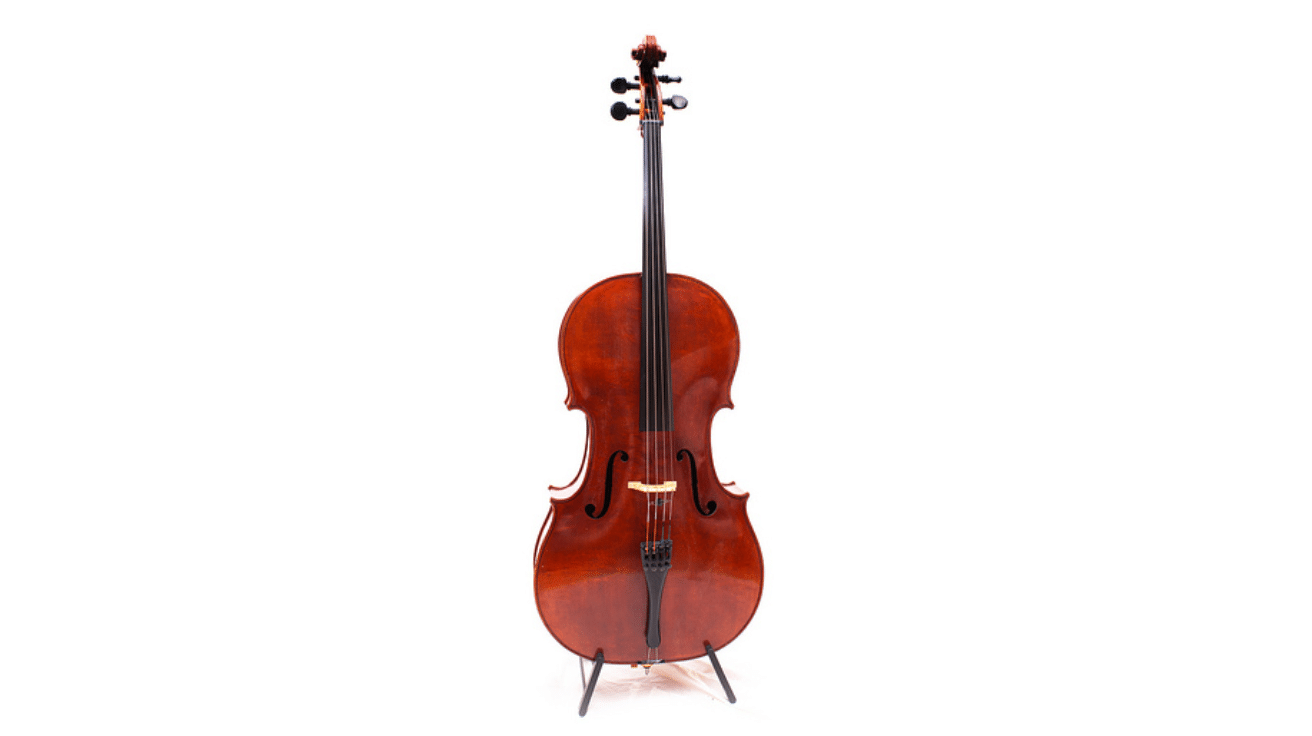
The cello is a beautifully deep and resonant instrument, known for its emotional range. Played with a bow, it creates a variety of rich tones.
The cello’s expressive voice can evoke deep emotions, from sadness to joy, making it a favorite among composers. If you play classical or modern pieces, its versatility shines, creating a wide range of sound.
Origin: Italy
How to play: Hold between the knees and use a bow or pluck the strings.
Tip: Maintain good posture for better sound quality.
2. Clarinet
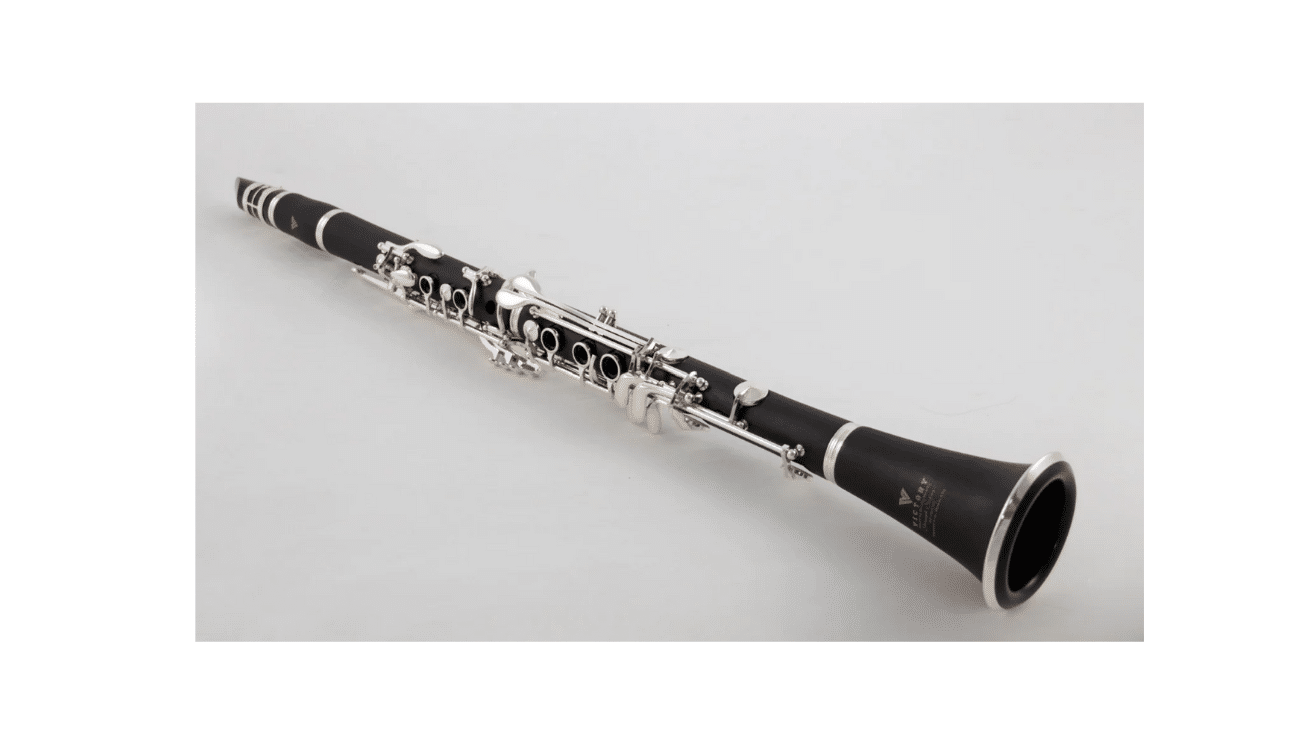
The clarinet is known for its smooth and rich sound, gliding from mellow tones to sharp, bright notes. This woodwind instrument is a staple in both classical and jazz music.
It offers a wide range of pitches and dynamic possibilities, adding depth and color to ensembles. With practice, its different ability to bend pitches creates a magical effect in any performance.
Origin: Germany
How to play: Blow air through the reed and press keys to change pitch.
Tip: Control your breath for a smoother, steadier sound.
3. Cymbals
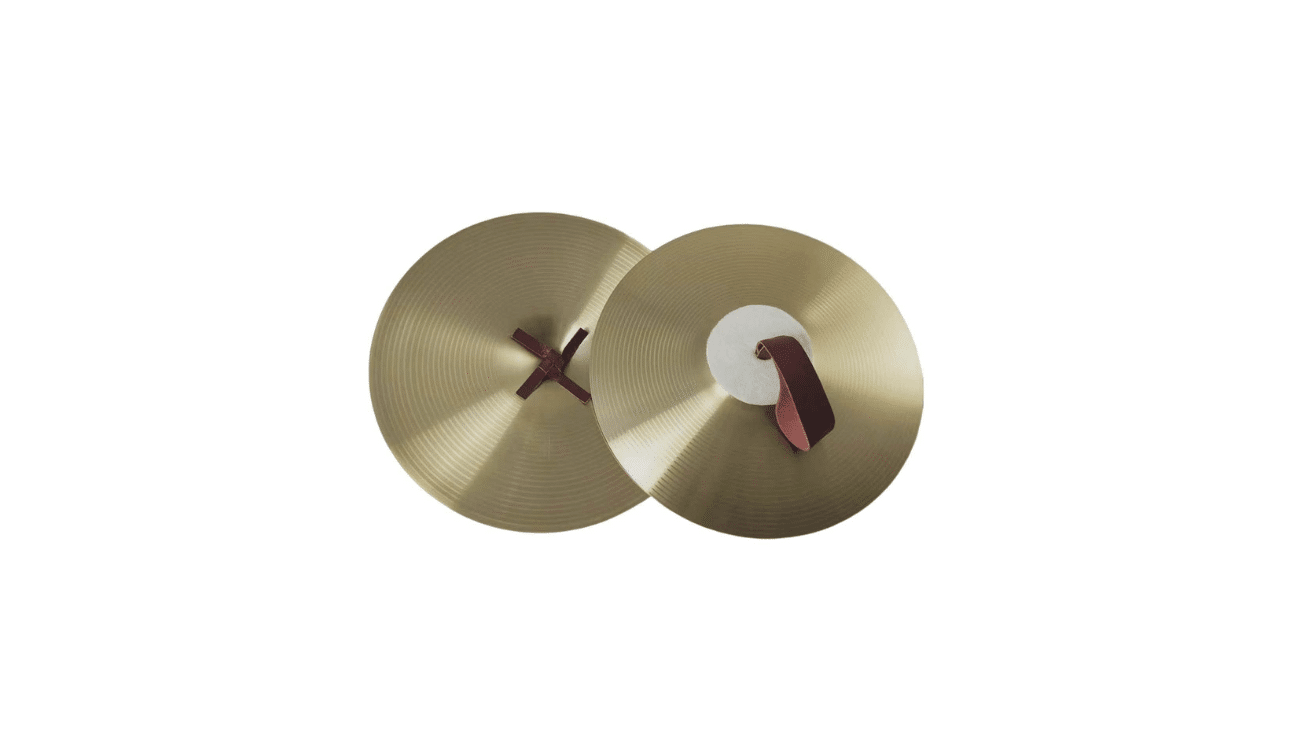
Cymbals are essential percussion instruments that add dramatic effects to music. They create loud, crashing sounds that emphasize key moments in orchestral pieces or rock concerts.
Available in various sizes, they produce sounds ranging from sharp crashes to softer, shimmering tones. Cymbals are an essential part of percussion, offering rhythmic and dynamic punctuation in music.
Origin: Ancient China
How to play: Strike the cymbals together or use a mallet.
Tip: Experiment with how hard you strike them to create different sounds.
4. Cajón
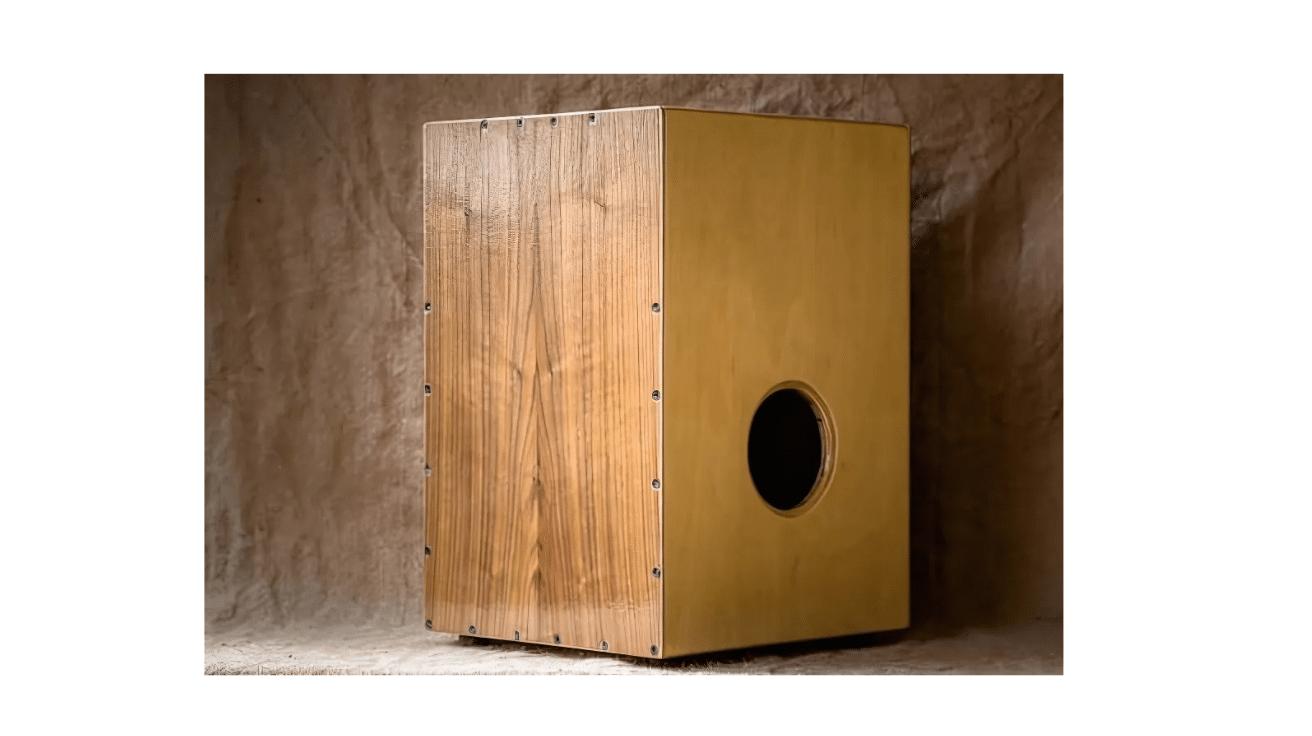
The cajón is a unique box-shaped percussion instrument often used in flamenco and Latin music. Played by sitting on the box and tapping its wooden sides, it creates both deep bass tones and sharp high-pitched sounds.
The cajón is a favorite in acoustic performances, serving as both a drum and rhythm keeper, perfect for any level of musician.
Origin: Peru
How to play: Tap the front face of the box with your hands.
Tip: Adjust the force of your taps to create different tones.
5. Castanets
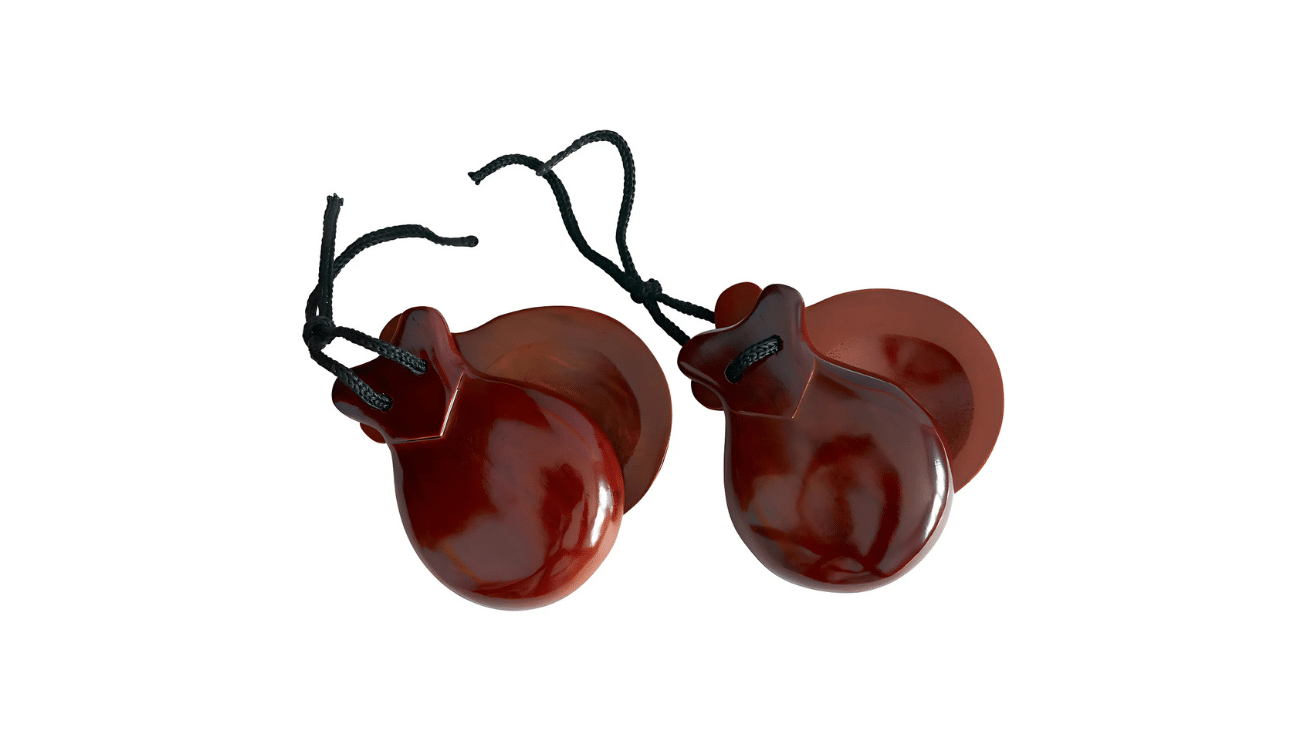
Castanets are small, handheld percussion instruments that produce sharp, clicking sounds when clapped together. Commonly used in Spanish dances like flamenco, they add rhythmic accents that energize the performance.
These instruments require precise finger control, and though small, they add a lot of excitement to the rhythm of any music.
Origin: Spain
How to play: Hold the castanets in your hands and click them together.
Tip: Practice finger movements for a quick, sharp sound.
6. Conga
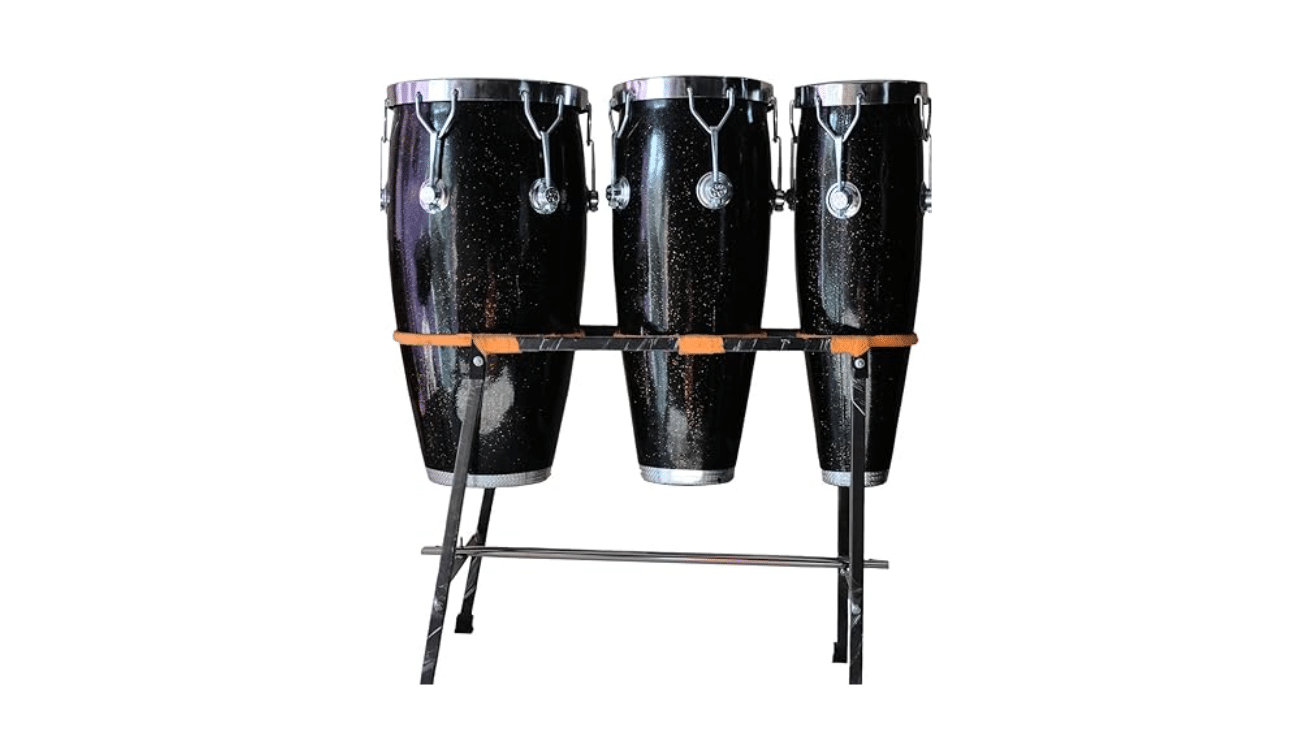
The conga is a tall drum that creates deep, resonant sounds. It is one of the most recognizable percussion instruments, with its distinctive shape and rich tones.
Played by hand, the conga is capable of both loud and subtle rhythms, and it’s an essential element in salsa, jazz, and other Latin music genres, adding energy and groove.
Origin: Cuba
How to play: Strike the drum with your palms and fingers in rhythmic patterns.
Tip: Keep your wrist loose for better sound control.
7. Cornet
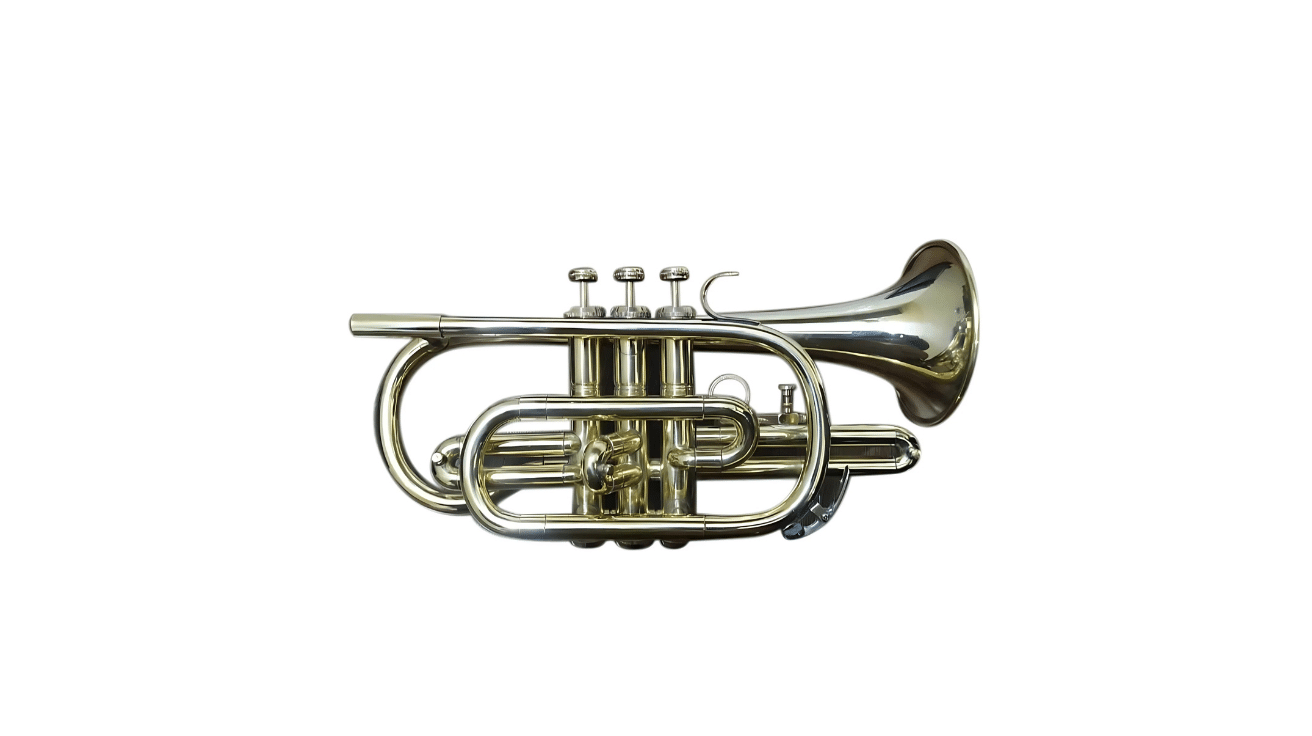
The cornet is a brass instrument closely related to the trumpet but with a warmer, mellower tone. It’s commonly used in brass bands and orchestras, adding smooth, rich sound to the ensemble.
The cornet’s warm tone makes it ideal for both melody and harmony in music.
Origin: Italy
How to play: Blow air through the mouthpiece and press valves to change pitch.
Tip: Focus on lip tension to produce a clear sound.
8. Crumhorn
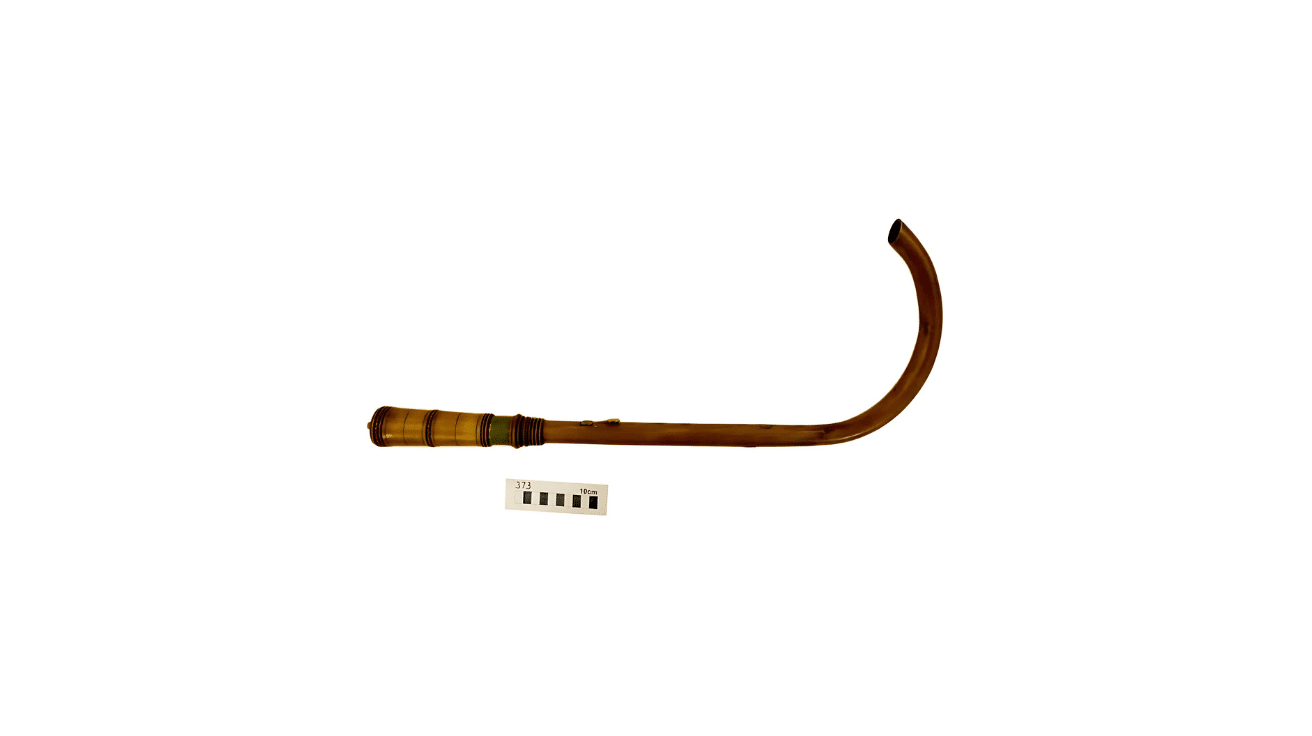
The crumhorn is a medieval wind instrument known for its curved shape and buzzing sound. Played with a double reed, it produces a sharp, reedy tone, often used in Renaissance music.
Despite its quirky sound, the crumhorn has a nostalgic quality, often featured in historical music ensembles.
Origin: Germany
How to play: Blow air through the double reed, creating a buzzing sound.
Tip: Keep your lips relaxed to control the buzzing tone.
9. Clavichord
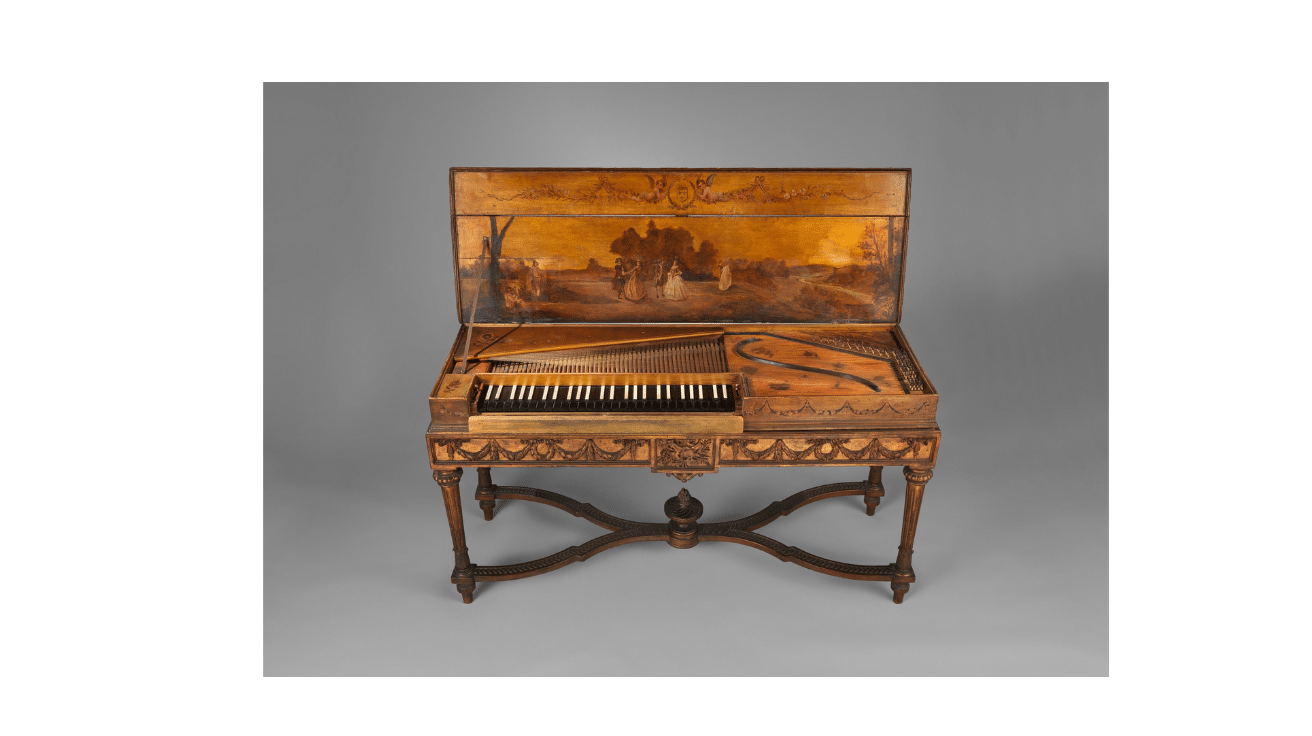
The clavichord is an early keyboard instrument that produces soft, mellow sounds with a delicate touch.
Unlike other keyboards like the harpsichord, the clavichord’s tone is more intimate, making it ideal for solo performances and small settings. Its expressive capabilities make it a favorite among early music enthusiasts.
Origin: Europe
How to play: Press the keys to strike metal tangents against the strings.
Tip: Play gently for a delicate, expressive sound.
10. Celesta
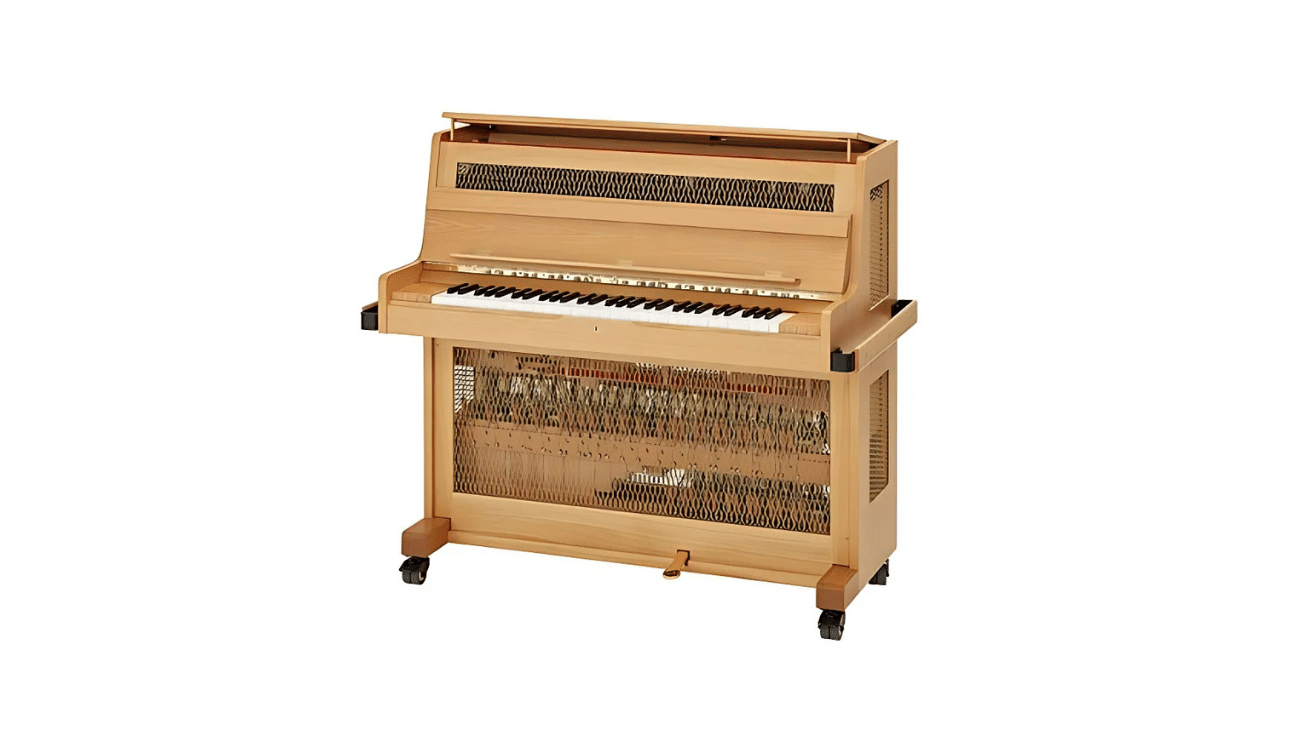
The celesta is a keyboard instrument known for its sweet, bell-like tones. It’s often used in orchestras to create delicate, magical effects.
Similar to a piano but with a lighter, sparkling sound, the celesta is perfect for adding ethereal atmospheres to classical music, making it a favorite in ballet and film scores.
Origin: France
How to play: Press the keys, which activate hammers to strike metal bars.
Tip: Use a light touch for the best bell-like sound.
11. Carillon
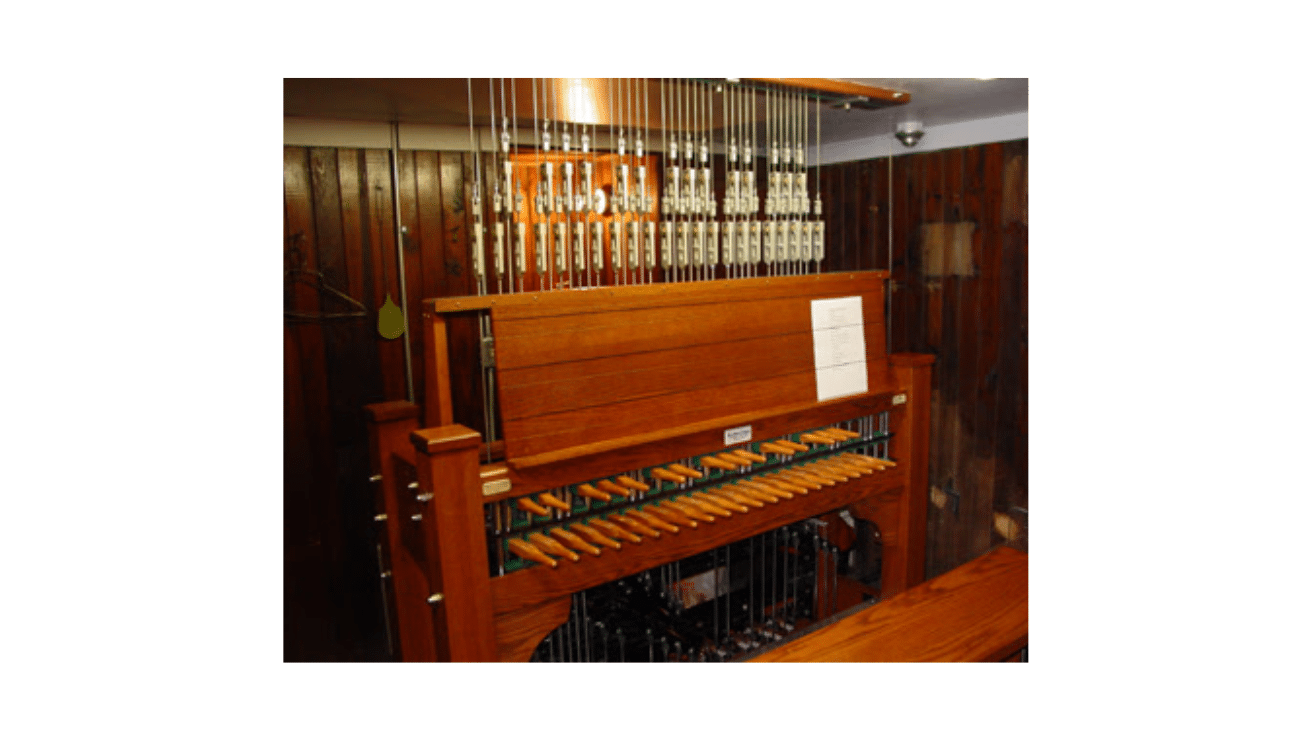
The carillon is a set of bells, often housed in a tower, played by a keyboard. When the keys are pressed, mechanical hammers strike the bells to produce a rich, resonant sound that can be heard from afar.
Carillons are typically used for ceremonial music, adding grandeur to public celebrations.
Origin: Belgium
How to play: Press keys on a keyboard to strike the bells with ropes.
Tip: Practice hand coordination for accurate bell strikes.
12. Cimbalom
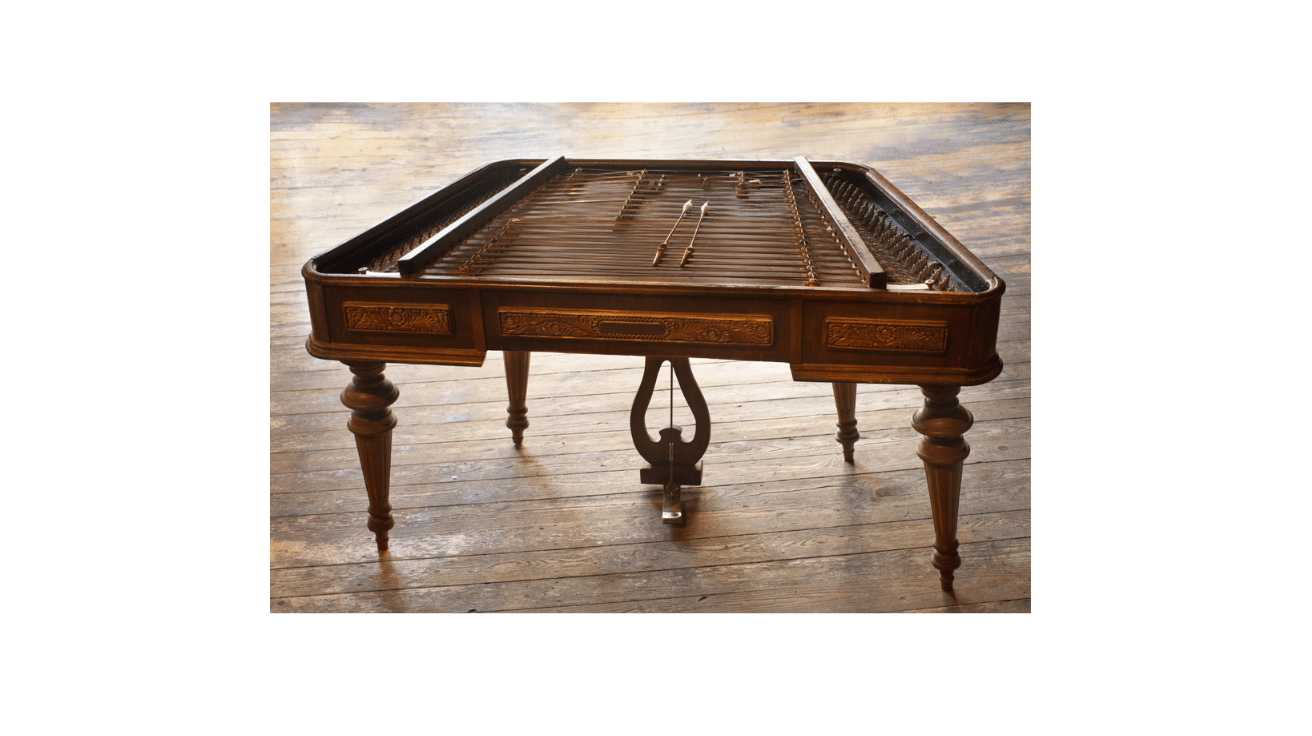
The cimbalom is a hammered dulcimer, a stringed percussion instrument often found in Eastern European folk music. Played with mallets, it produces a bright, resonant sound that fills the room.
Its metallic tone adds rhythmic pulse and melodic color to folk performances, making it a vital part of traditional music ensembles.
Origin: Hungary
How to play: Use mallets to strike the strings for a percussive sound.
Tip: Vary the pressure on the mallets for different sounds.
13. Charango
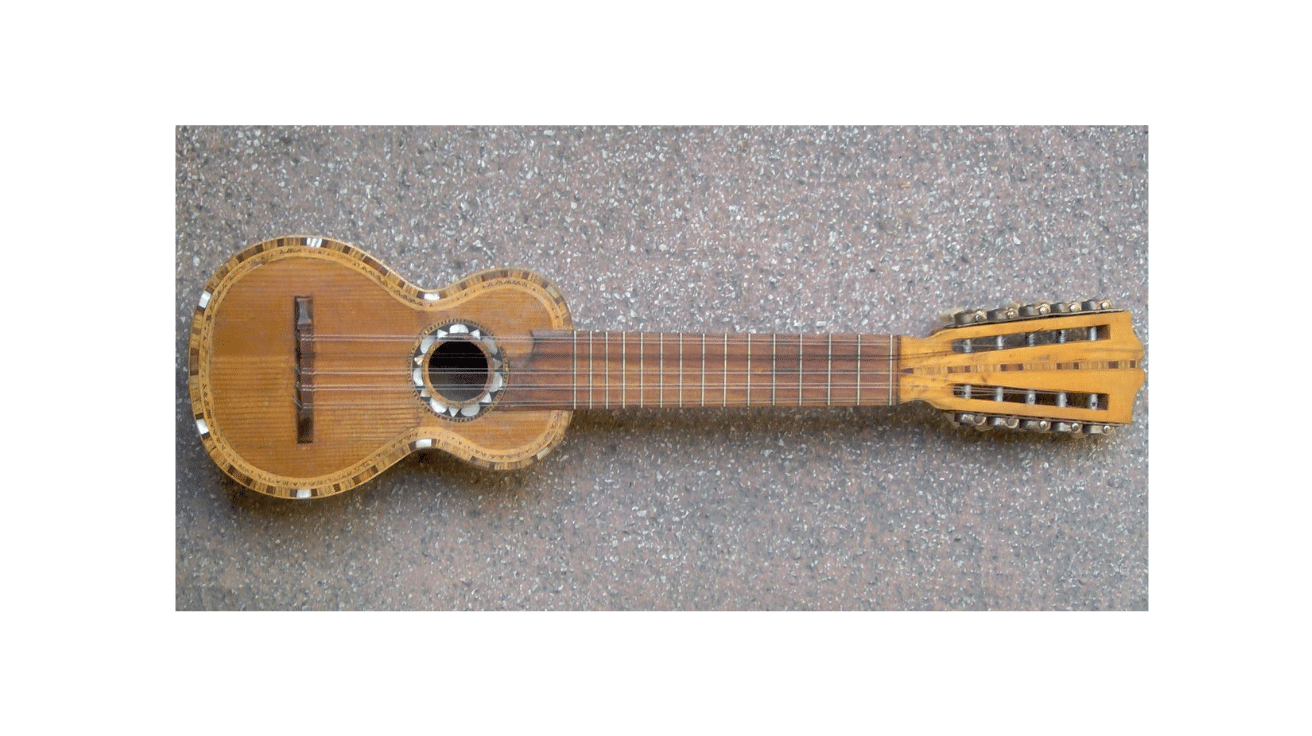
The charango is a small stringed instrument with a high-pitched, bright sound. Traditionally made from an armadillo shell, the charango is used to accompany folk songs in the Andes.
Its ten strings create lively, rhythmic patterns, making it an essential instrument in South American music, especially in Bolivia and Peru.
Origin: Bolivia
How to play: Strum or pluck the strings with fingers or a pick.
Tip: Use light strumming for a clear, sharp tone.
14. Chimes
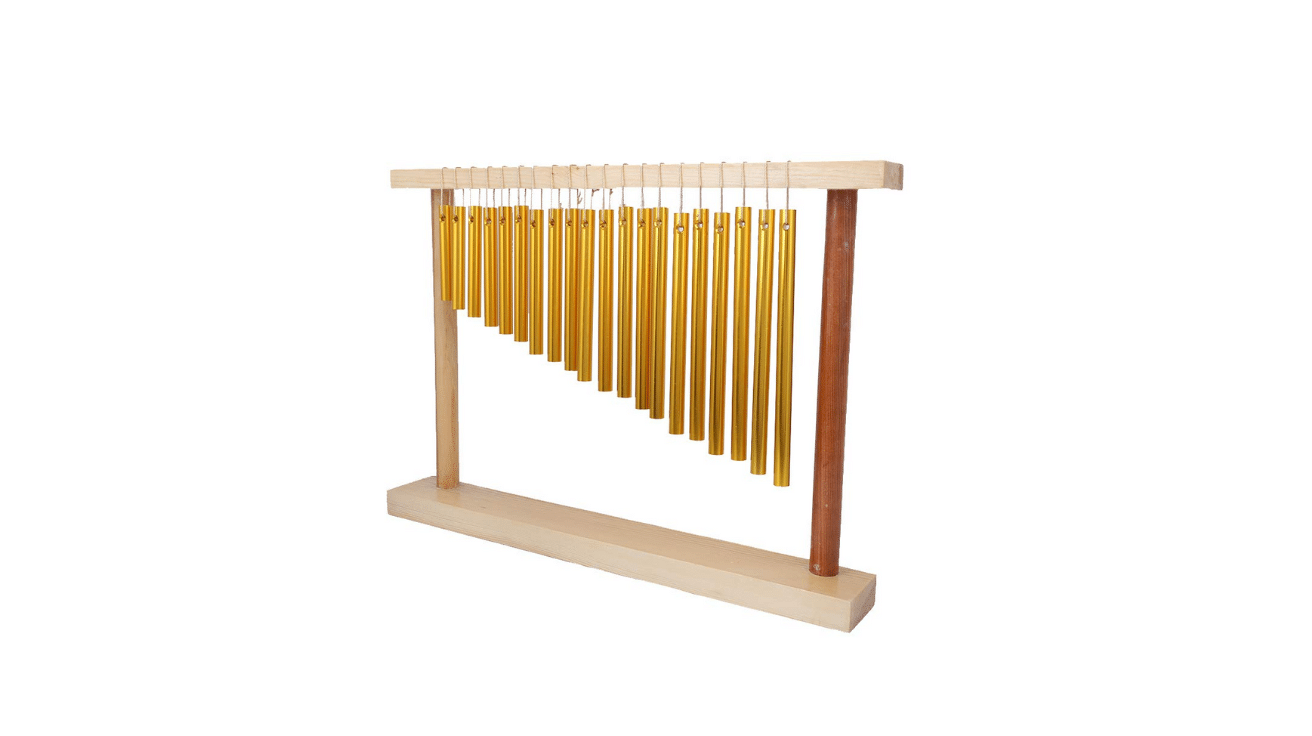
Chimes are a set of metal tubes that produce a bell-like sound when struck. Often used in orchestras, they create a soft, resonant tone that enhances the atmosphere of the music.
Chimes are perfect for adding a shimmering, magical quality to a piece, making them a favorite for serene and ethereal moments in music.
Origin: Ancient China
How to play: Strike the metal tubes with a mallet.
Tip: Adjust the strike force for varied sound volume.
15. Cabasa
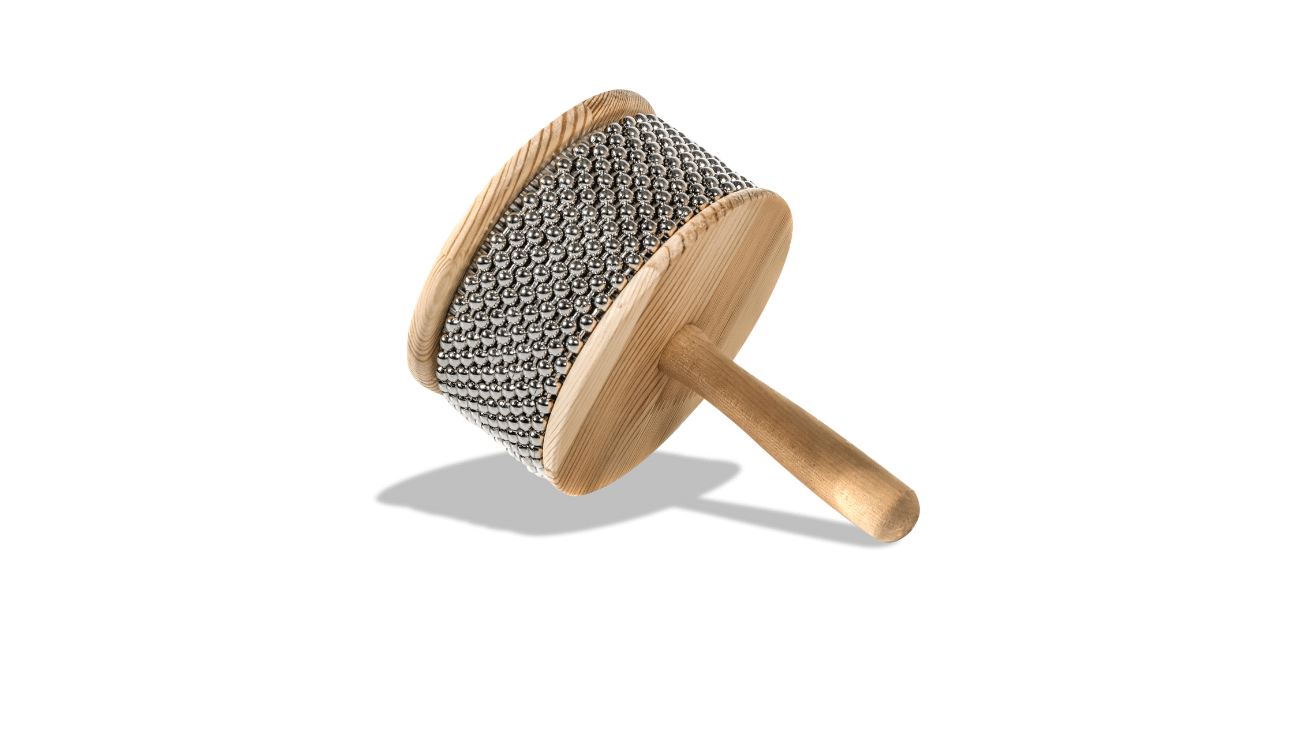
The cabasa is a percussion instrument that creates a rhythmic, rattling sound. It consists of a cylindrical body with steel balls or beads wrapped around it.
Players shake or rotate the cabasa to produce its distinct sound, often used in Latin and Afro-Cuban music. It adds texture and rhythm to any musical arrangement, making it a fun and energetic instrument to play.
Origin: The cabasa is traditionally associated with Afro-Cuban music.
How to play: Hold the cabasa in one hand and shake or rotate it with your wrist to create rhythmic sounds.
Tip: Vary the speed and intensity of shaking for different effects and tones.
16. Chin Cello
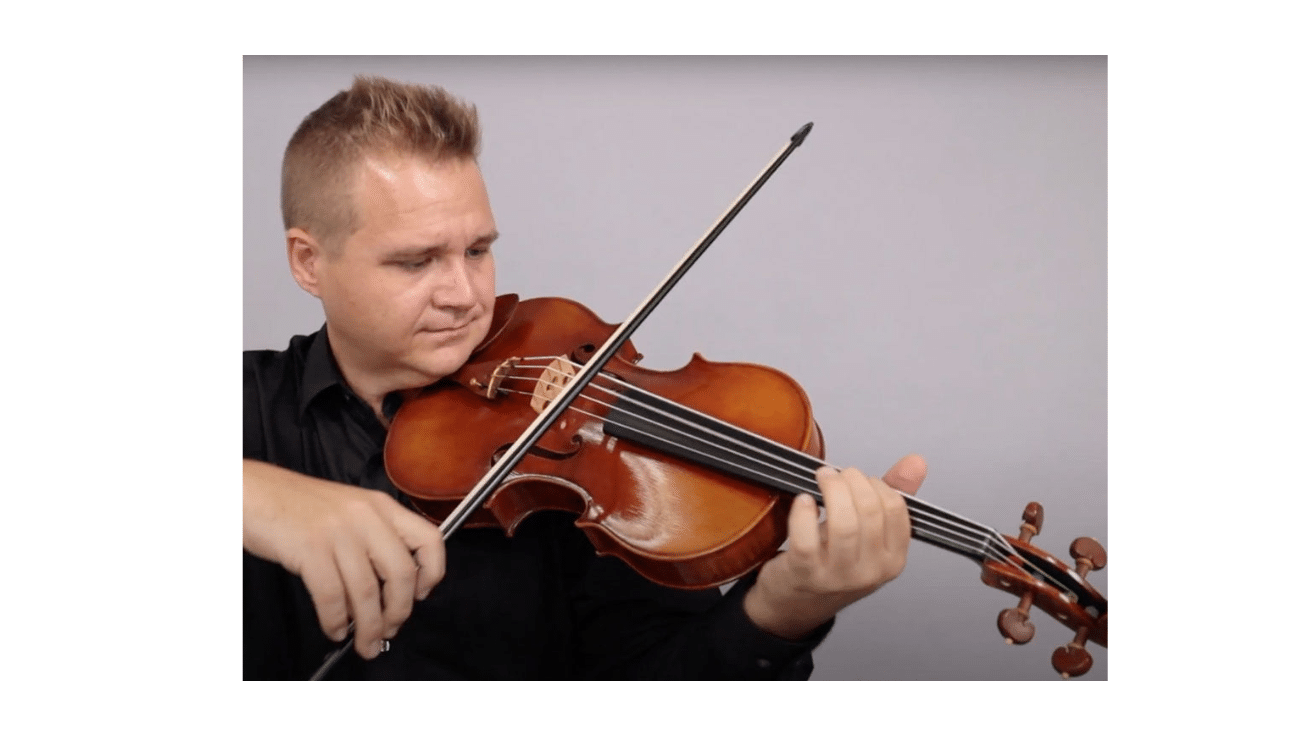
The chin cello is a smaller, portable version of the traditional cello, designed for ease of play. Despite its smaller size, it still produces the deep, resonant sound of a full-sized cello.
It’s perfect for those who want to experience the cello’s richness without the large size, making it a great instrument for younger musicians or those with limited space.
Origin: China
How to play: Hold it between your chin and shoulder while playing with a bow.
Tip: Keep your arm relaxed for smoother bow movement.
17. Chromatic Harmonica
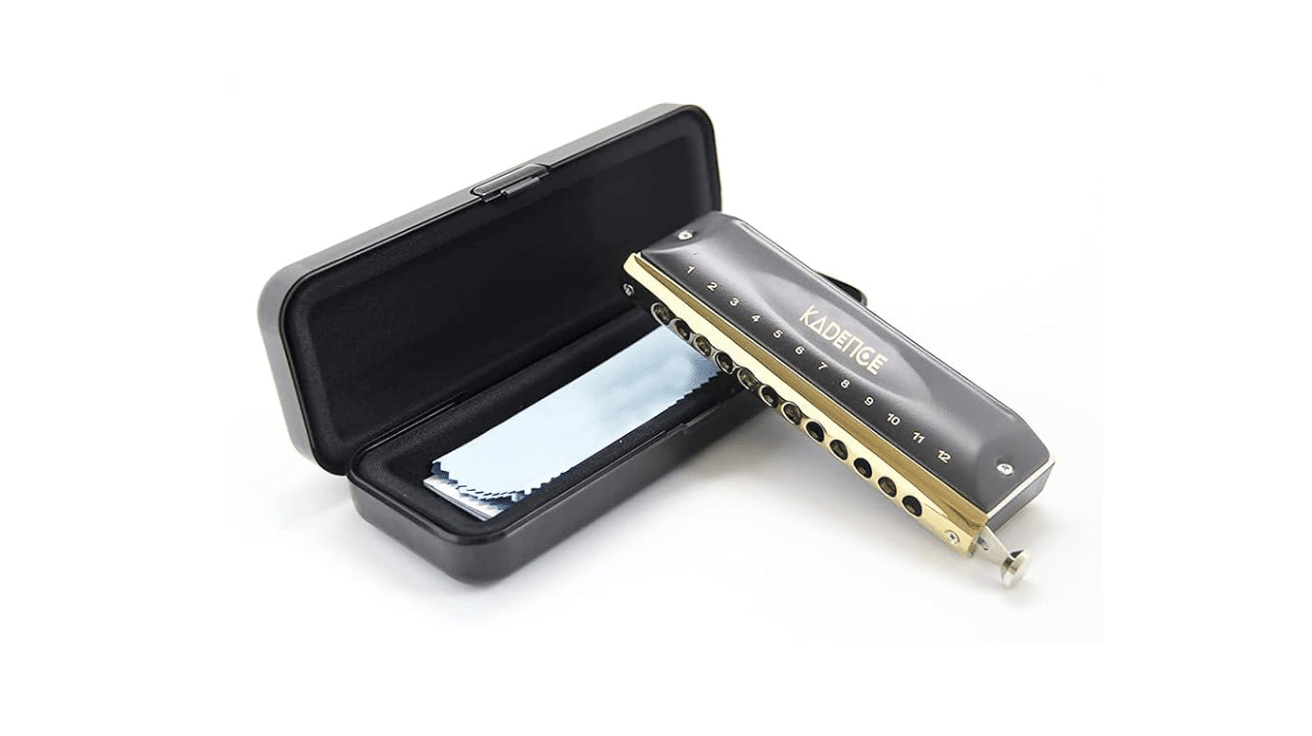
The chromatic harmonica is a versatile wind instrument that allows for playing in all keys, thanks to a slide mechanism. Its ability to create both melody and harmony makes it perfect for jazz, blues, and classical music.
This instrument is favored for its soulful, expressive sound, and it offers a wide range of tones and possibilities for solo performances.
Origin: Germany
How to play: Blow or draw air through the reeds while using the slide to change pitch.
Tip: Practice sliding smoothly for clean notes.
18. Chamberlain
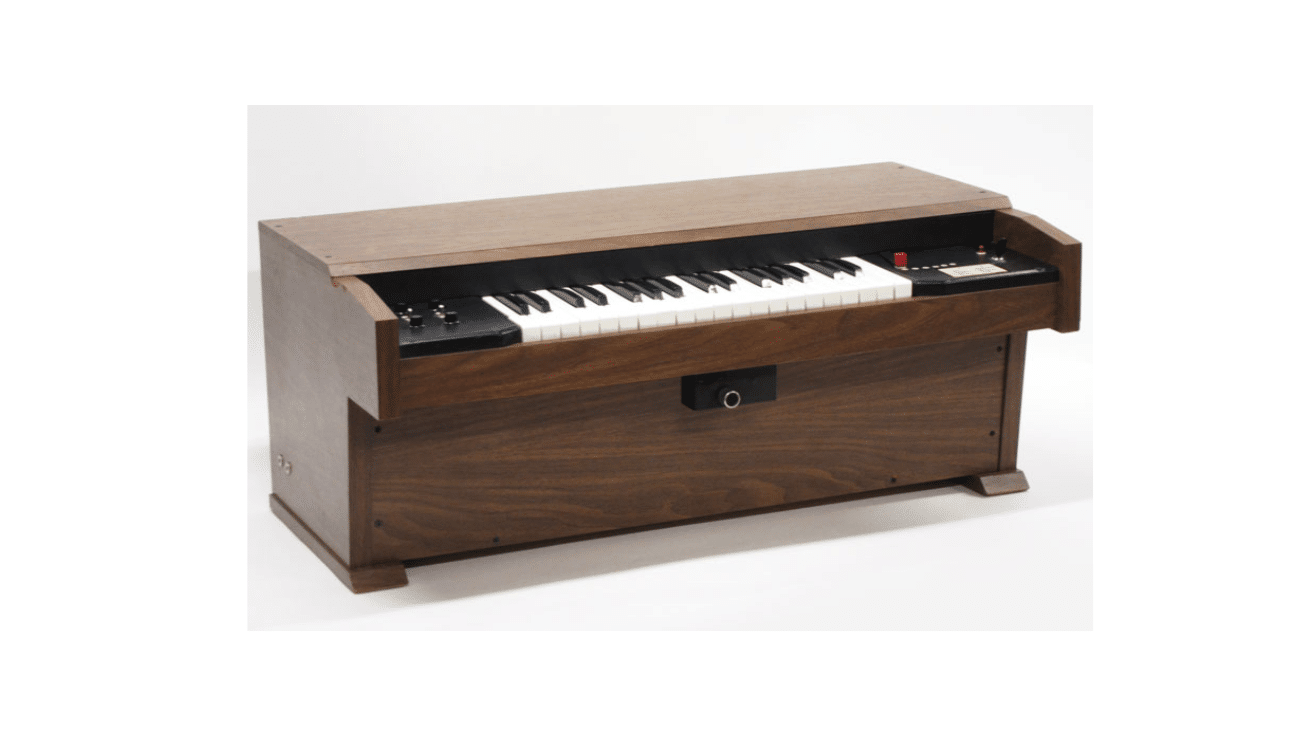
The Chamberlain is an early form of electric keyboard, using recorded tapes to produce sound. Popular in the mid-20th century, it provides a soft, mellow tone.
Though it has been replaced by more modern synthesizers, it remains a fascinating instrument for vintage music enthusiasts, offering a nostalgic sound that evokes the past.
Origin: United States
How to play: Play the keyboard, triggering different recorded sounds.
Tip: Experiment with tapes for a variety of unique sounds.
19. Chanter
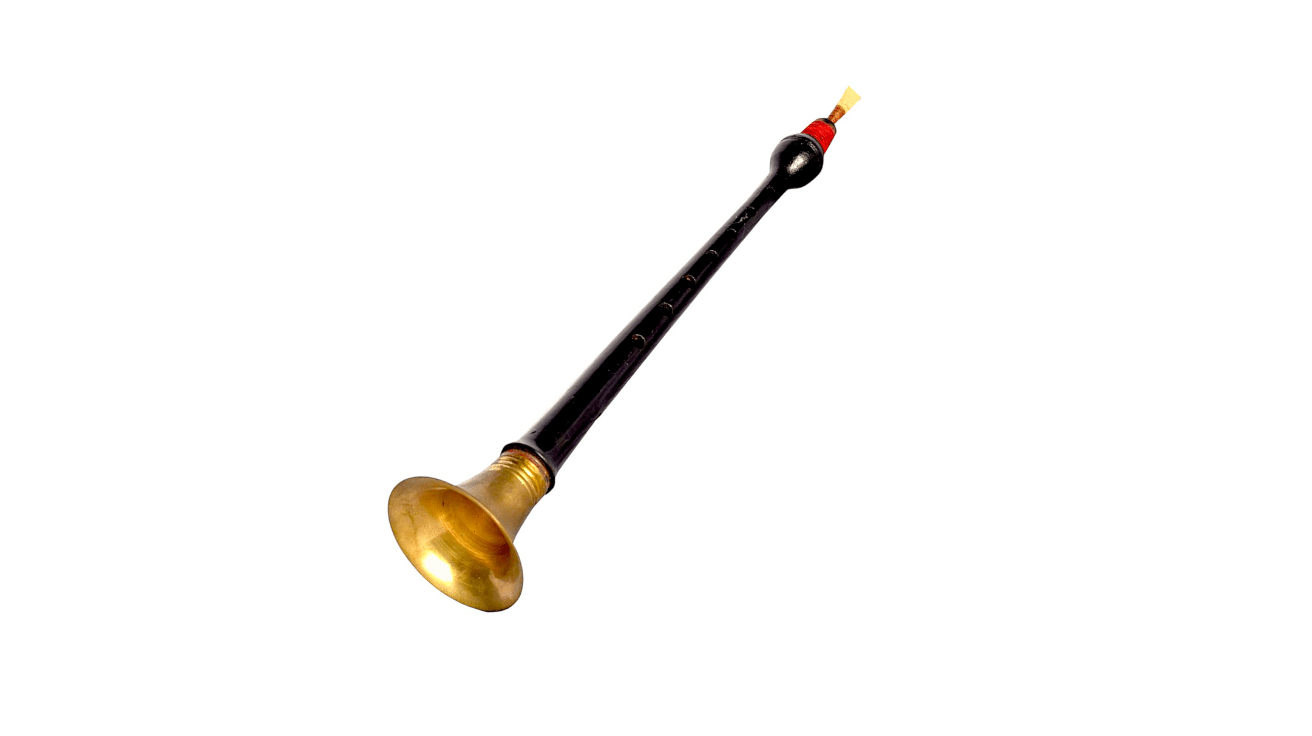
The chanter is a woodwind instrument typically used in bagpipes and other reed instruments. It has finger holes and a single or double reed, producing melody.
The chanter is essential for playing the melody on a bagpipe, with a bright, piercing sound. Its role is crucial in various traditional and folk music, especially in Scottish and Irish music.
Origin: The chanter is most commonly associated with bagpipes and has origins in various European cultures, especially Scottish and Irish.
How to play: Blow air through the reed and press the finger holes to produce different pitches. It is the melody-producing part of the bagpipe.
Tip: Practice breath control and finger positioning to produce a clean, sharp tone
20. Cello Banjo
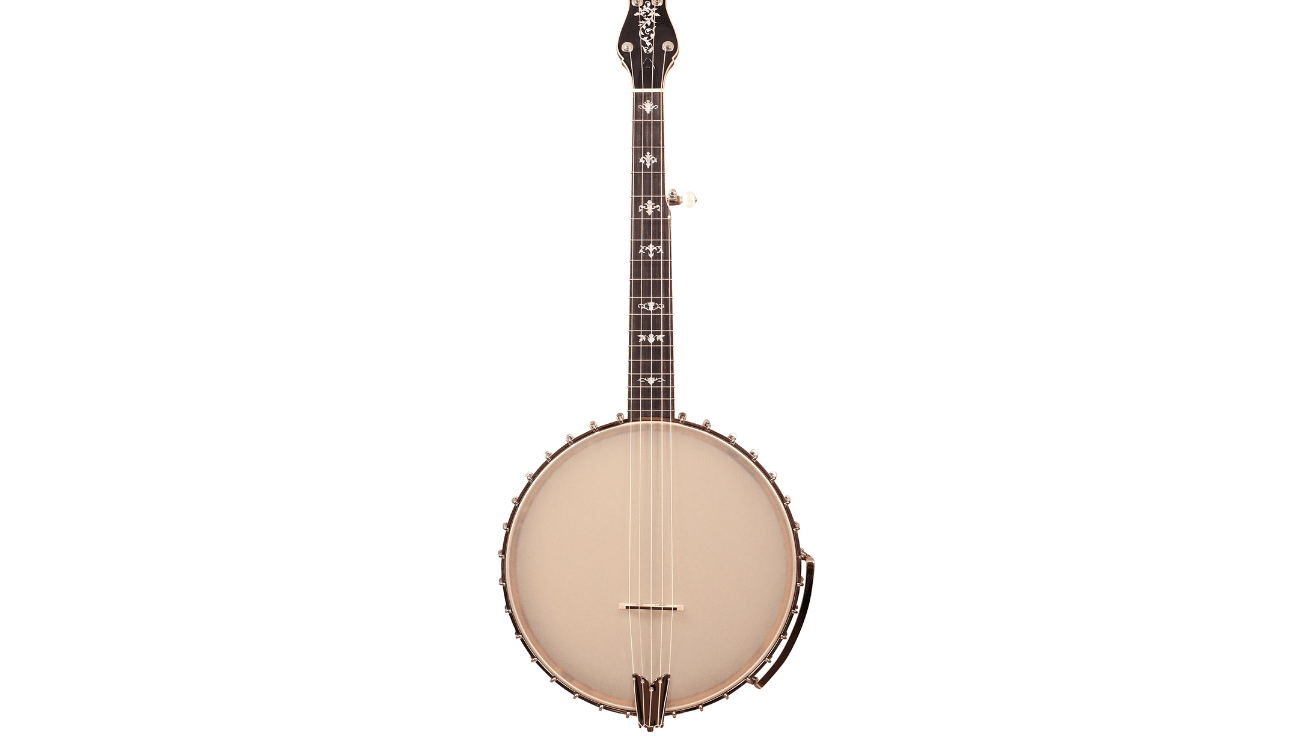
The cello banjo combines the body of a banjo with the neck of a cello, creating a unique sound that blends the brightness of the banjo with the resonance of the cello.
Played similarly to a banjo, it adds a deep, rich tone to string music, and is often used in folk and bluegrass music.
Origin: United States
How to play: Pluck or strum the strings while pressing on the frets.
Tip: Fingerpick for clearer, brighter tones.
21. Chordophone
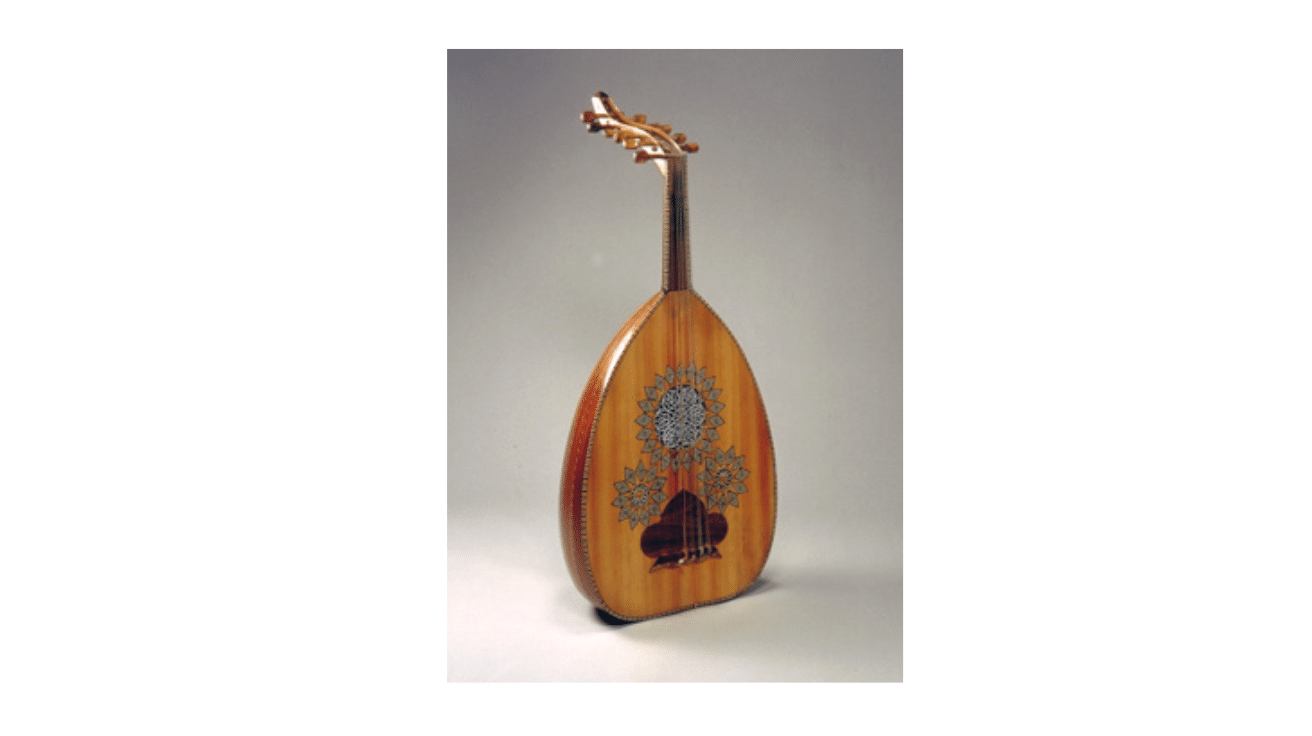
A chordophone refers to any stringed instrument, including the guitar, harp, and violin. These instruments produce sound by vibrating their strings, and they are used in almost every genre of music, from classical to modern.
Chordophones can be plucked, strummed, or bowed, offering a wide range of expressive possibilities for musicians.
Origin: Worldwide
How to play: Pluck, strum, or bow the strings, depending on the instrument.
Tip: Find your rhythm and focus on finger placement for clarity.
22. Cuíca
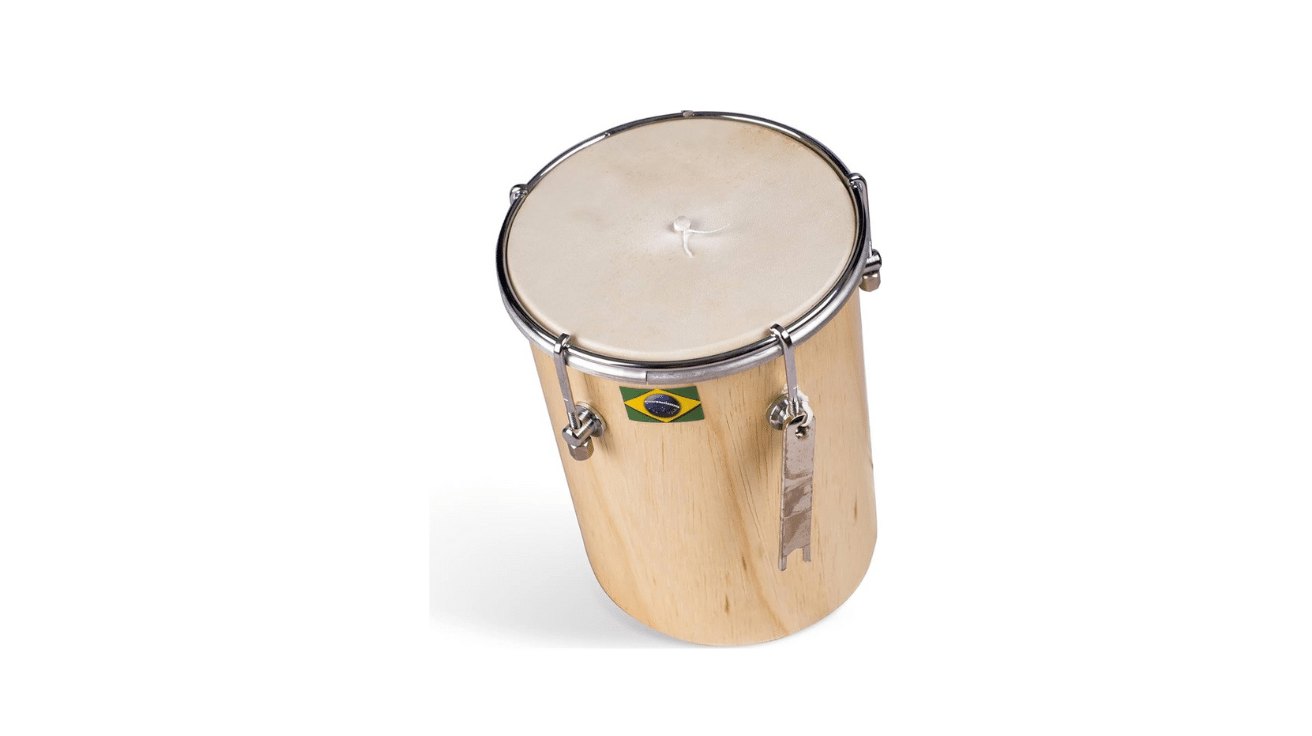
The cuíca is a friction drum known for its squeaky sound. It’s made by rubbing a stick on the drumhead, changing pitch and tone depending on the pressure.
Often used in samba and other Brazilian rhythms, the cuíca adds a playful, exotic texture to music, making it an essential instrument in Latin percussion.
Origin: Brazil
How to play: Rub a stick on the drumhead, adjusting pressure to change pitch.
Tip: Experiment with pressure to create different pitches.
23. Claves
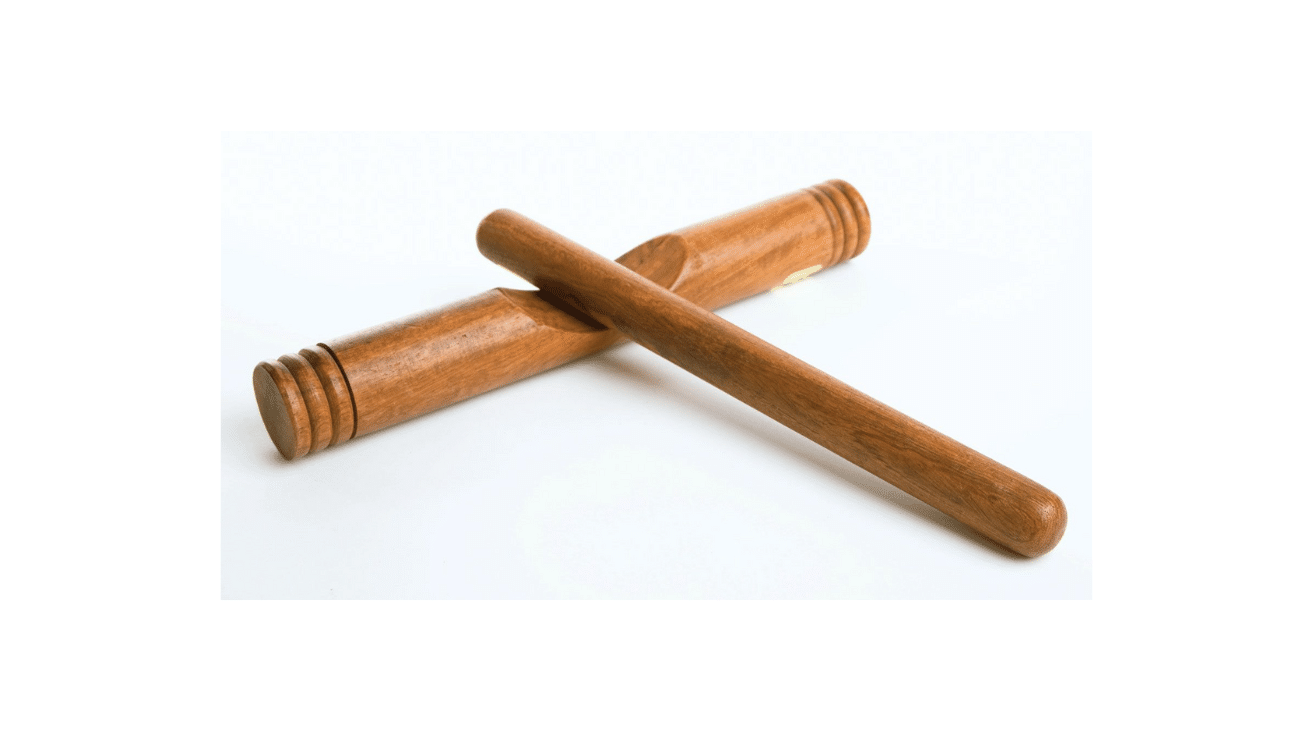
Claves are percussion sticks used to maintain rhythm in Latin music. When struck together, they produce a sharp, clicking sound that helps guide other instruments in the ensemble.
The claves provide a rhythmic foundation that musicians rely on for timing and flow, making them an indispensable tool in Latin music.
Origin: Cuba
How to play: Strike one stick against the other to produce a sharp sound.
Tip: Keep your rhythm steady for more consistent beats.
24. Contra-bassoon
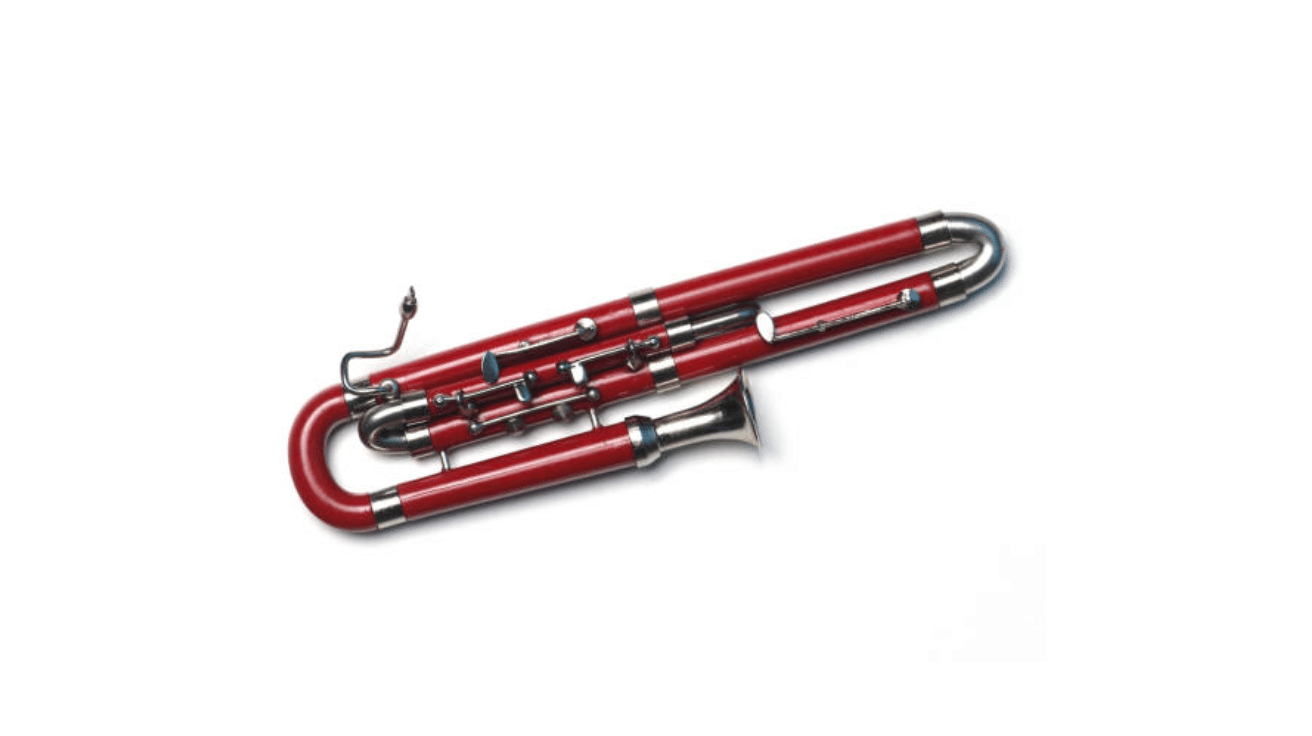
The contra-bassoon is a large woodwind instrument that produces deep, rumbling sounds, an octave lower than the bassoon.
It plays a unique role in orchestral music, adding weight and drama with its low-pitched tones. Though difficult to play, it’s an essential instrument for creating depth in orchestral compositions.
Origin: Europe
How to play: Blow air through a double reed and press keys to change pitch.
Tip: Focus on breath control for a full, deep tone.
25. Crotales
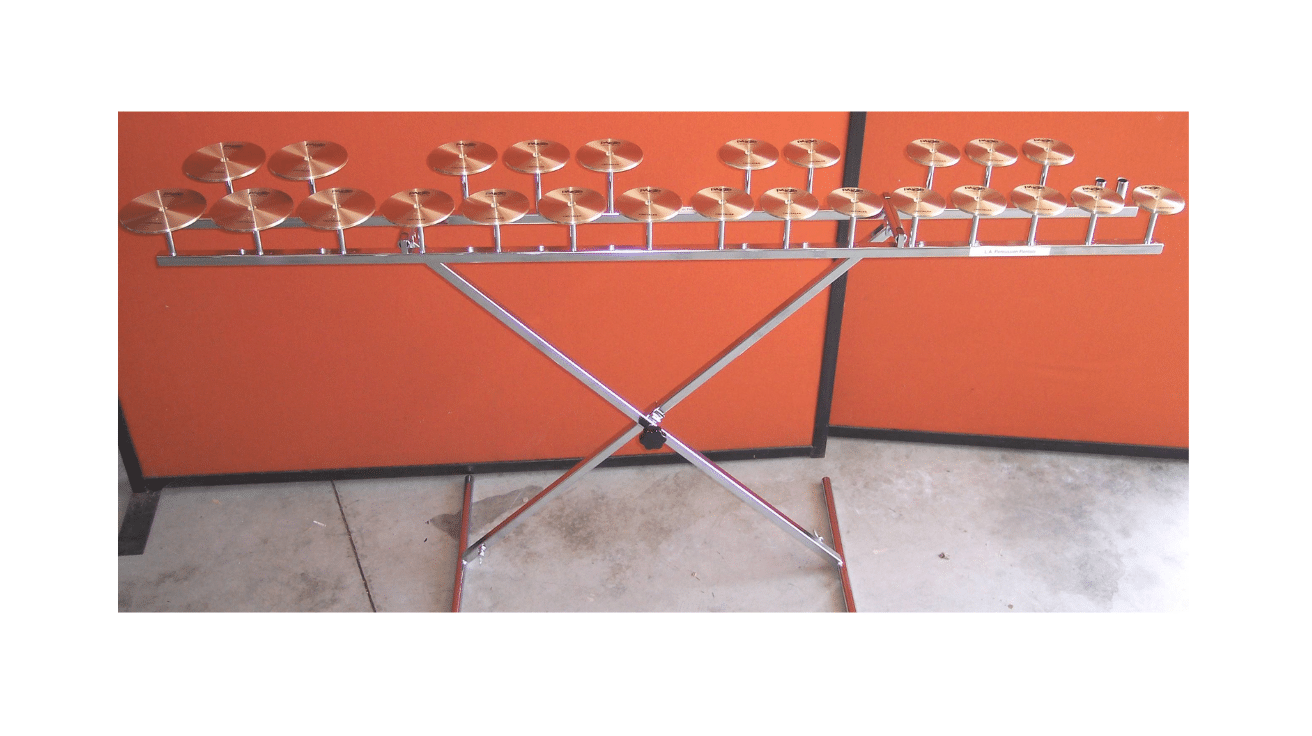
Crotales are small, tuned metal discs that create a bright, bell-like sound when struck. Often used in orchestras, they add a shimmering quality to music, highlighting specific moments.
Crotales are played with mallets, and the sound they produce is clear, resonant, and sharp, making them ideal for creating ethereal effects in music.
Origin: Ancient Greece
How to play: Strike the discs with a mallet for a resonant tone.
Tip: Try using different mallet types for different sounds.
26. Curto
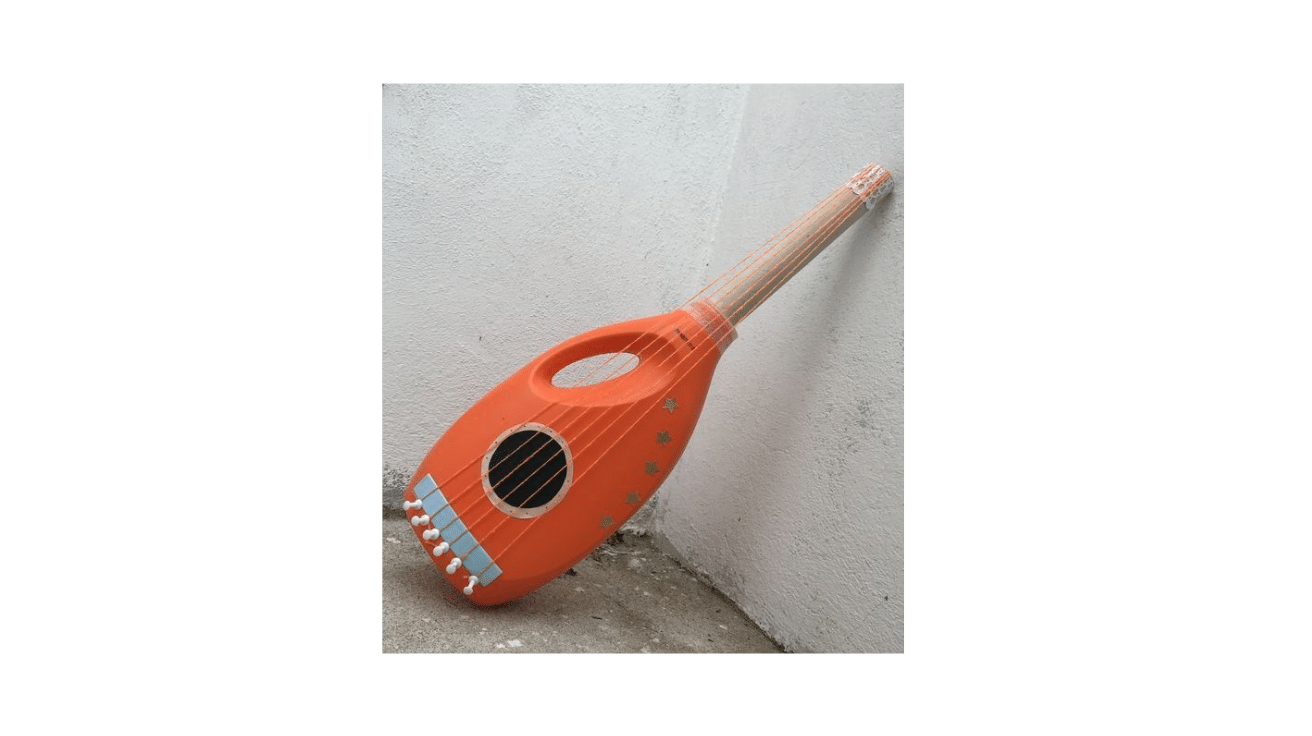
The curto is a small stringed instrument from Portugal, typically used in folk music. It’s similar to a guitar but smaller and often has fewer strings.
The curto produces soft, melodic sounds that provide rhythm and harmony in folk songs. Despite its size, it offers a wide range of musical possibilities.
Origin: Portugal
How to play: Pluck or strum the strings to produce sound.
Tip: Use a pick for sharper tones.
27. Chitarra
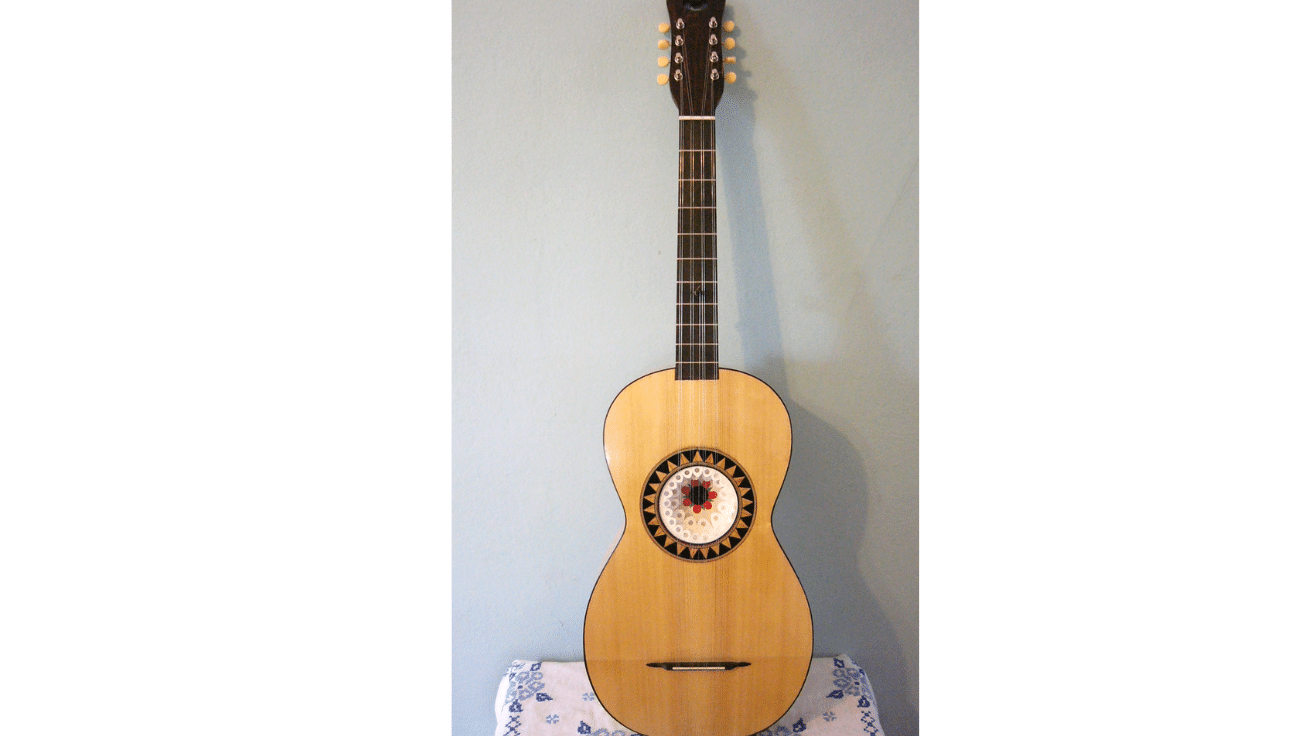
Chitarra is the Italian word for guitar, a popular instrument that plays an important role in music around the world. From classical to rock, the guitar creates both melody and rhythm.
It can be played using strumming or fingerpicking techniques, offering a versatile range of sounds across various genres.
Origin: Italy
How to play: Strum or pluck the strings while pressing on the frets.
Tip: Practice chord changes for smoother transitions.
28. Clapsticks
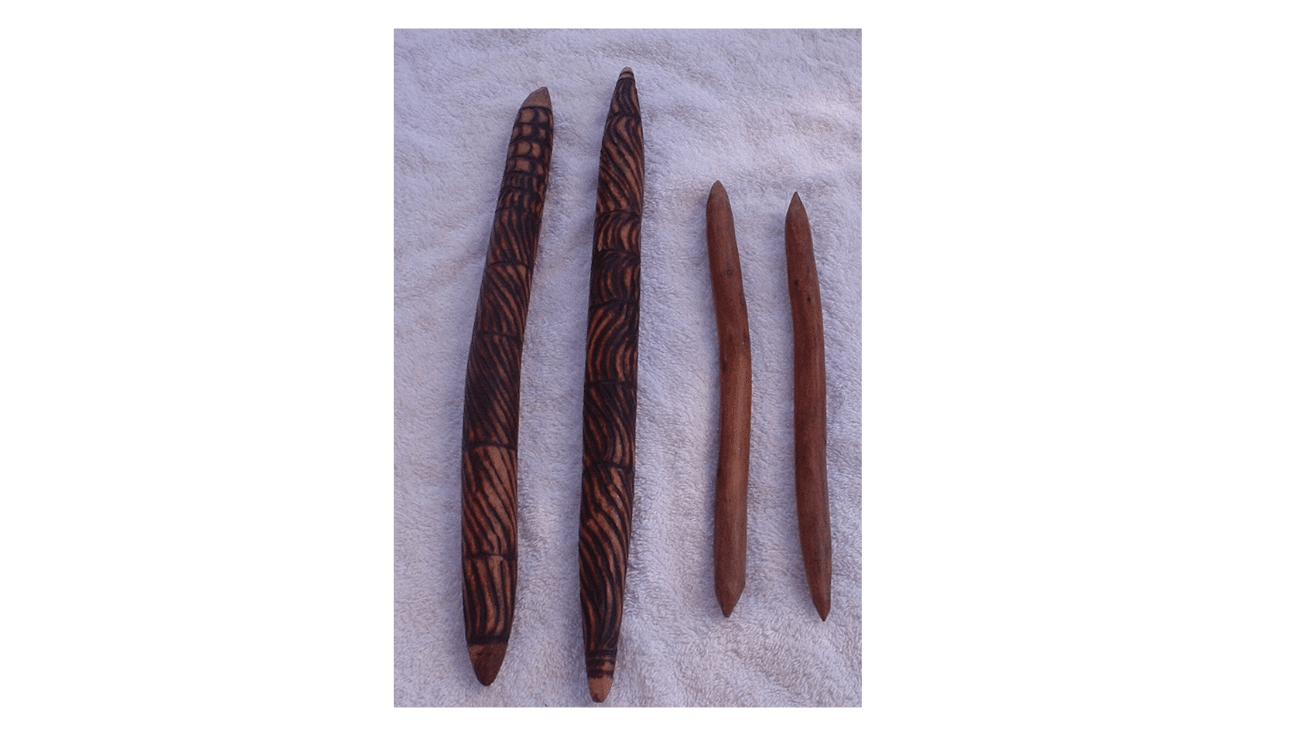
Clapsticks are percussion instruments used in Aboriginal Australian music to create rhythmic sounds. They are struck together to maintain tempo and are often used to accompany traditional songs and dances.
Clapsticks hold cultural significance, adding depth and rhythm to music while connecting with the land and stories.
Origin: Australia
How to play: Strike the sticks together to create rhythmic sounds.
Tip: Try varying the speed for different rhythms.
29. Cuatro
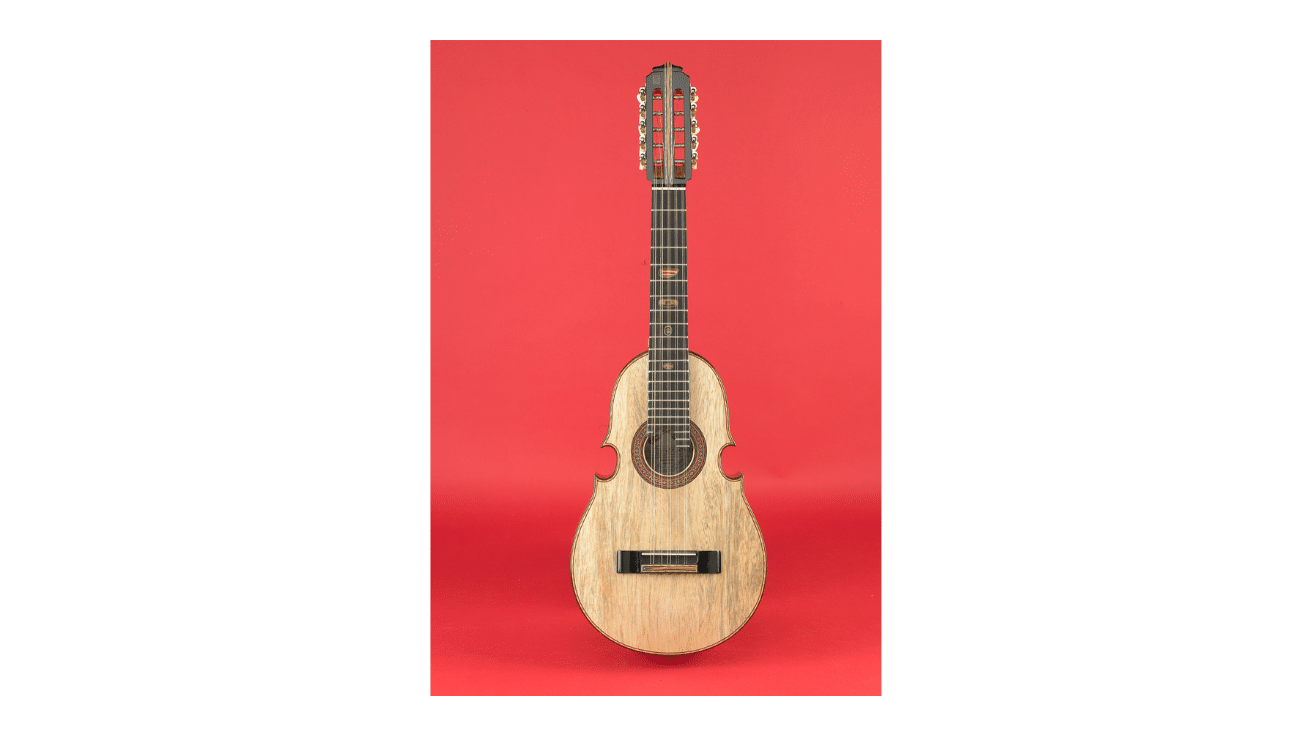
The cuatro is a small, stringed instrument from Puerto Rico with five strings. Known for its bright and cheerful sound, it’s used in folk music to accompany melodies and rhythms.
The cuatro is versatile, adding both harmony and rhythm to traditional Puerto Rican music.
Origin: Puerto Rico
How to play: Pluck or strum the strings while pressing on the frets.
Tip: Focus on clean finger positioning for better tone.
30. Craviola
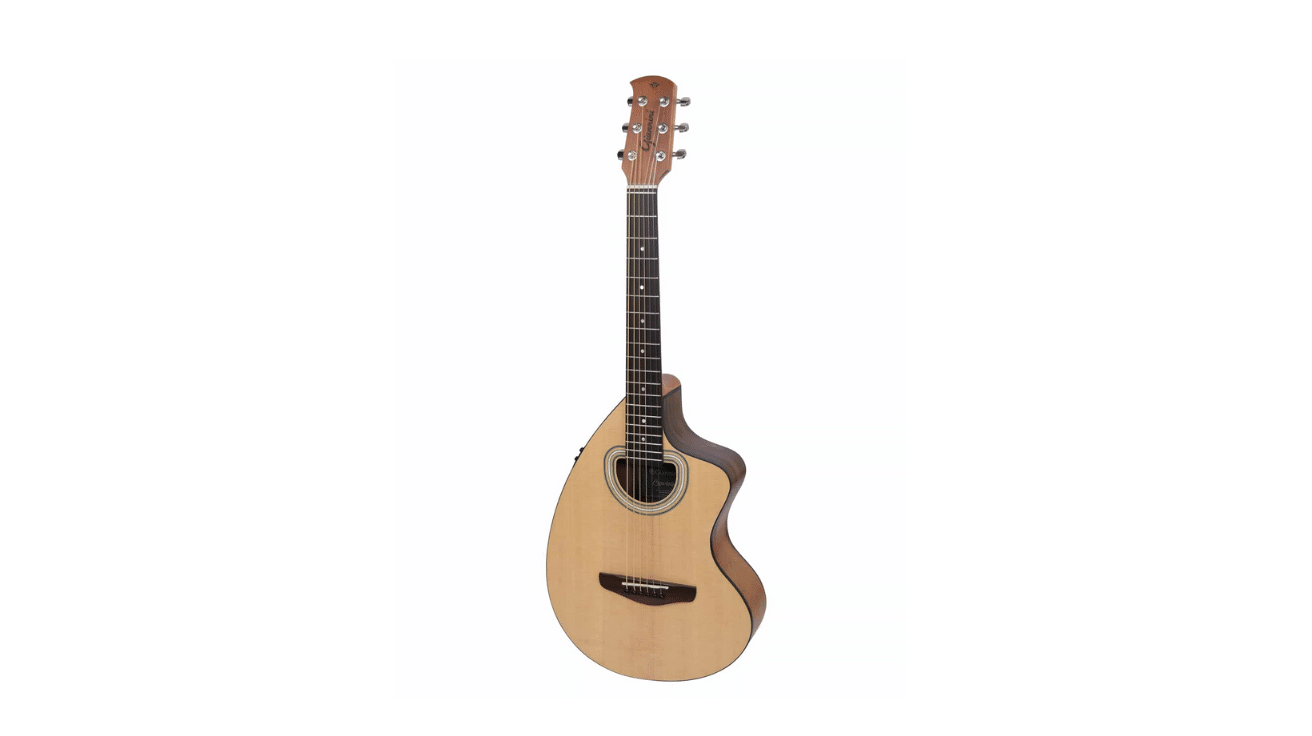
The craviola is a hybrid instrument that combines the guitar and mandolin, creating a bright, sharp sound. Its small size makes it portable, and it adds a lively rhythm to Brazilian folk music.
It can be strummed or plucked, making it a versatile addition to any folk music ensemble.
Origin: Brazil
How to play: Strum or pluck the strings while pressing on the frets.
Tip: Play with a relaxed grip for better sound clarity.
Wrapping It Up
The best musical instruments that start with C show just how diverse and exciting the world of music can be! Each instrument brings its own vibe, from the deep, soulful tones of the cello to the bright, rhythmic clicks of castanets.
There are instruments that let you feel the power, like cymbals, while others, like the charango, offer a lighter, more joyful sound.
If you’re into percussion, string, woodwind, or brass, these instruments add something special to every song. Some instruments are perfect for loud and lively performances, while others are great for softer, more intimate moments.
If you’re ever looking for a new instrument to try, why not check out one of these “C” instruments? You could find one that makes your music shine even brighter.
So, get ready to know and let the sound of these cool instruments fill your world!
Check out our other blogs on musical instruments sorted by letter – from A to Z, we’ve got your musical curiosity covered!






